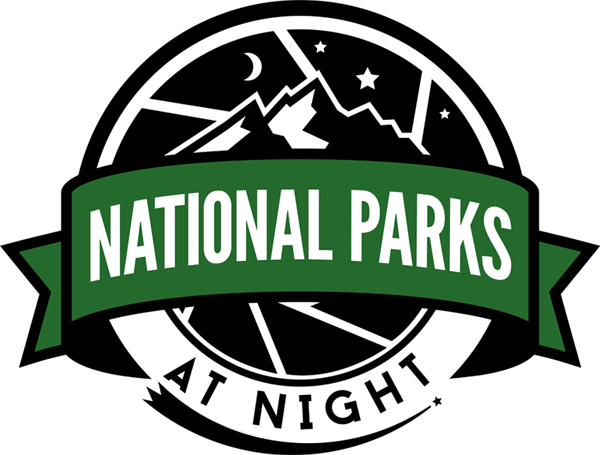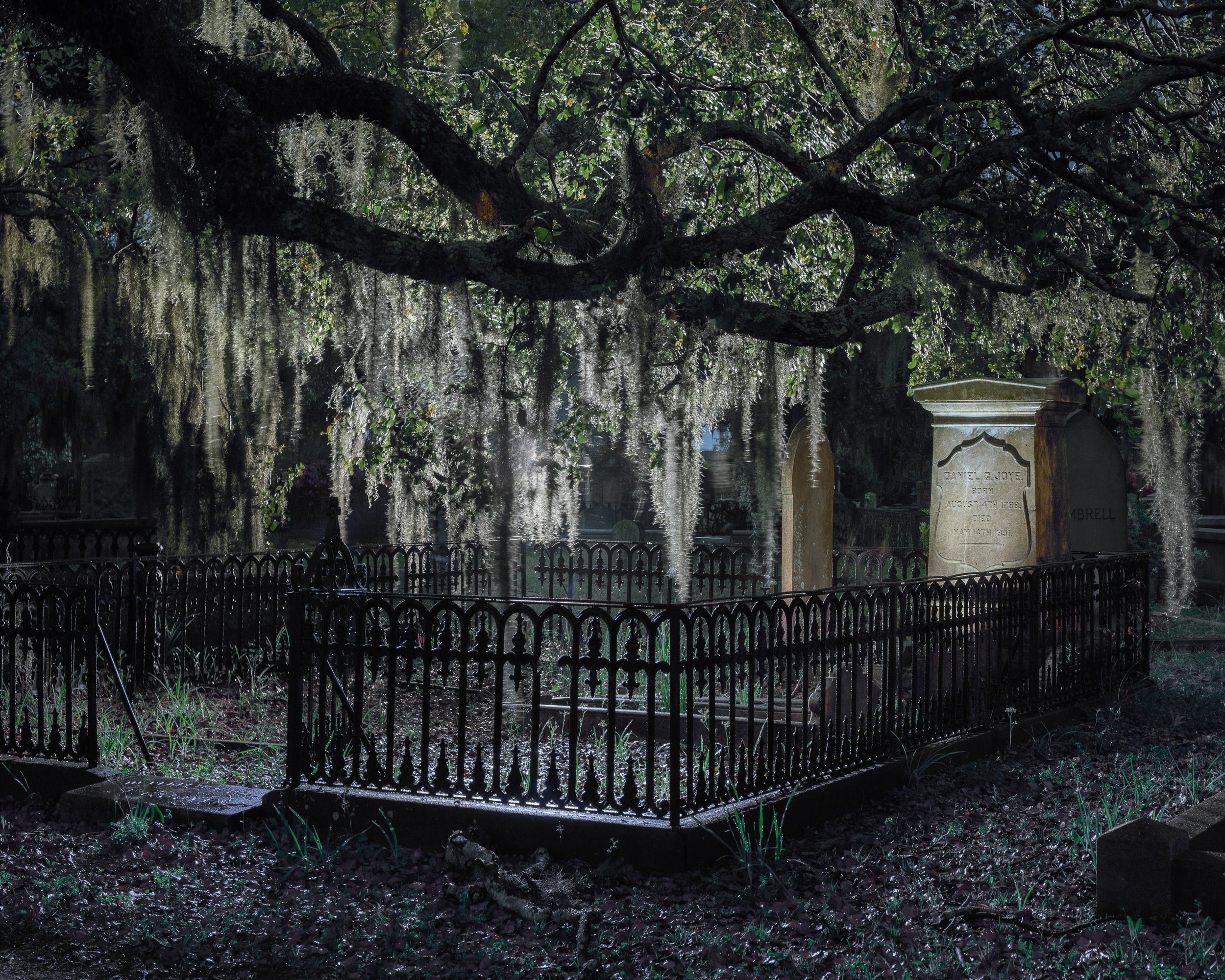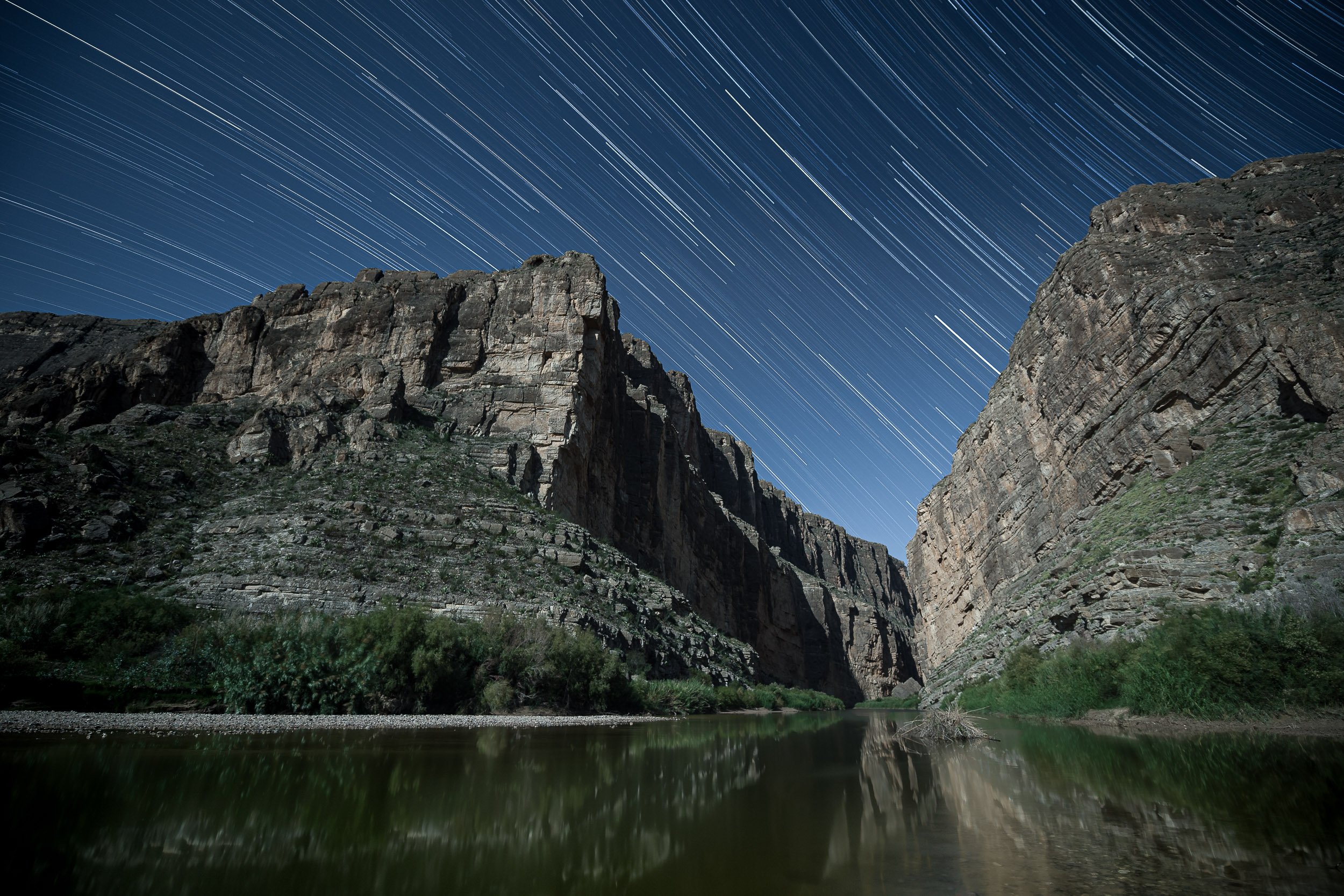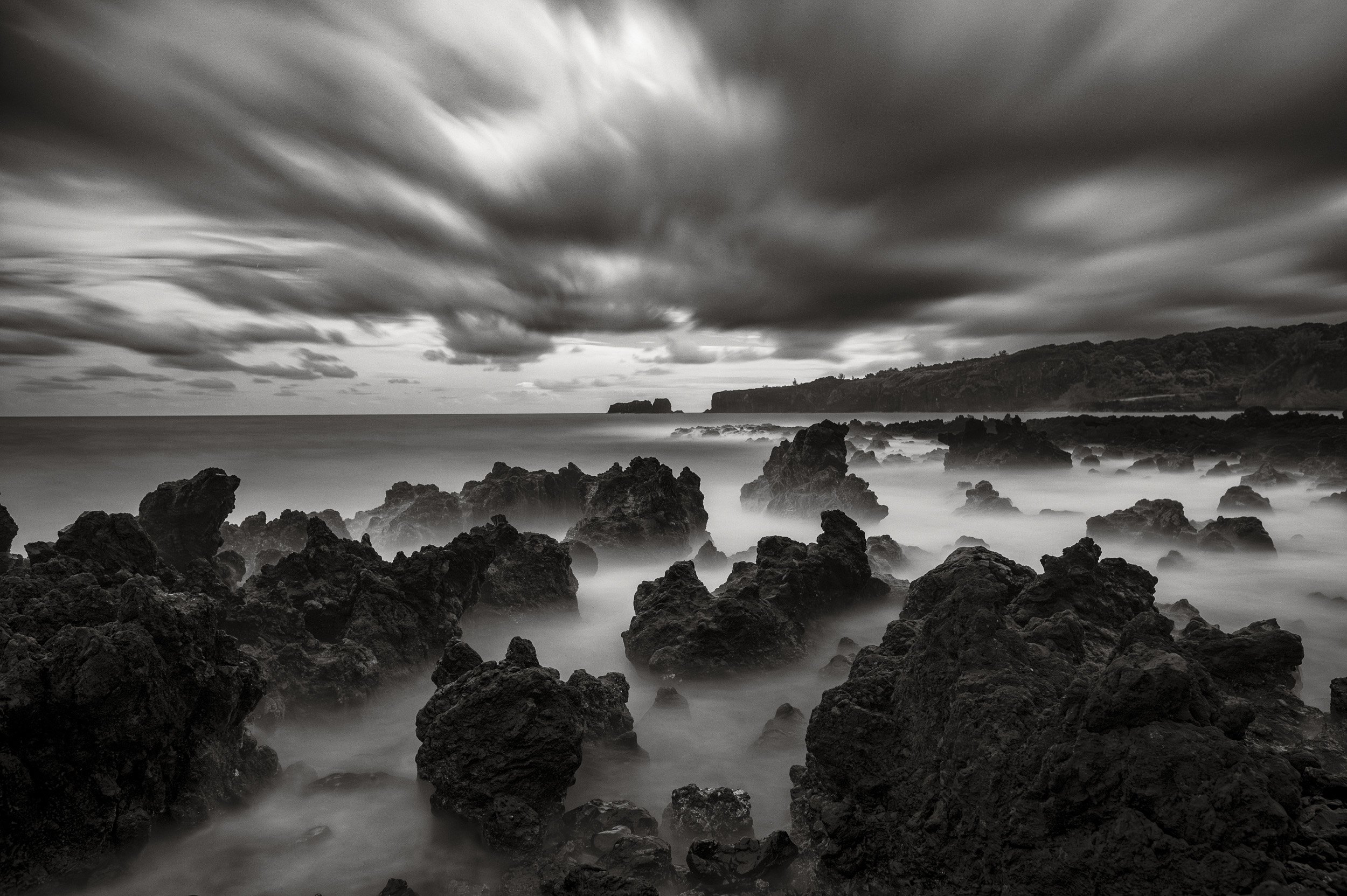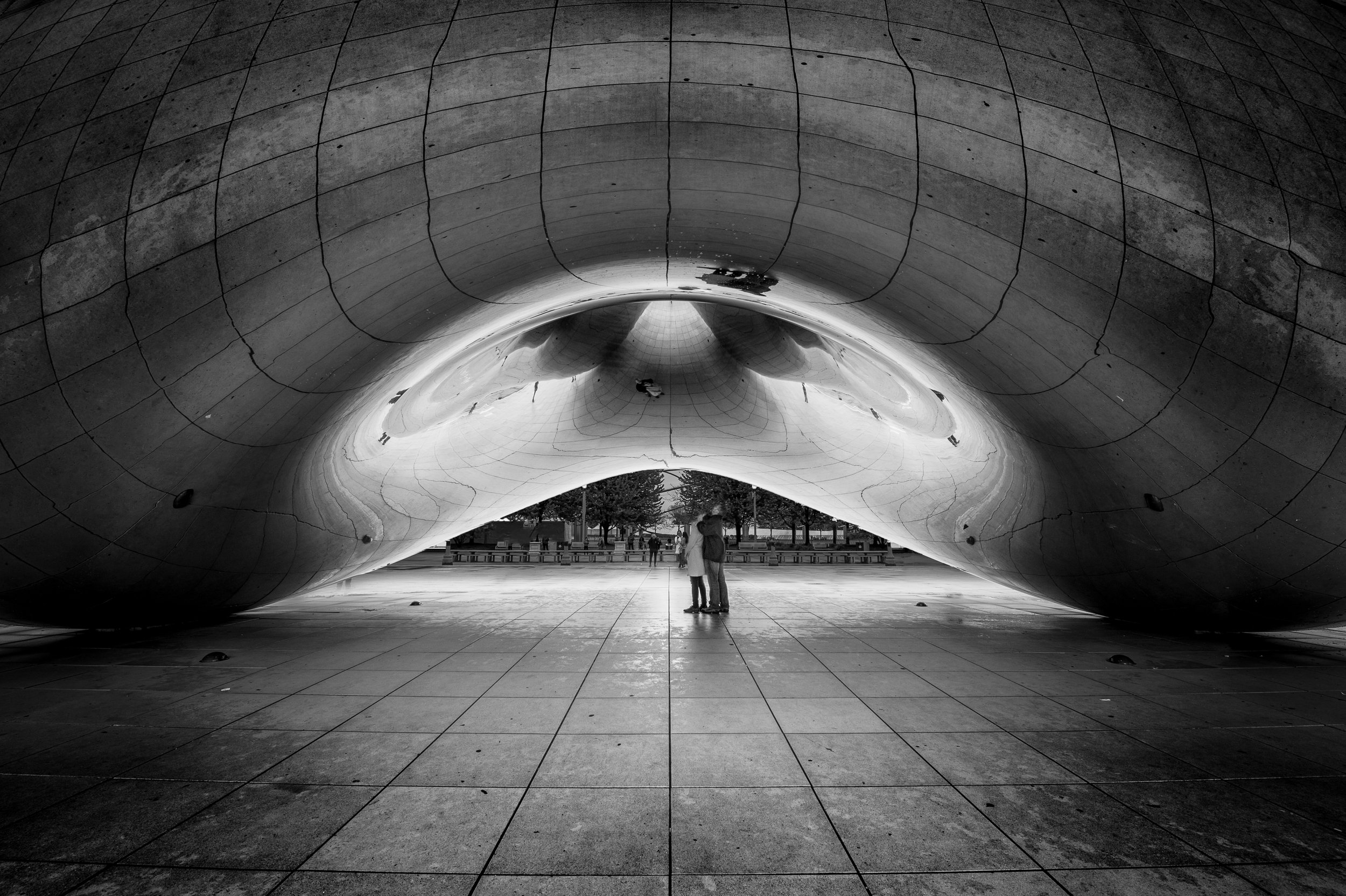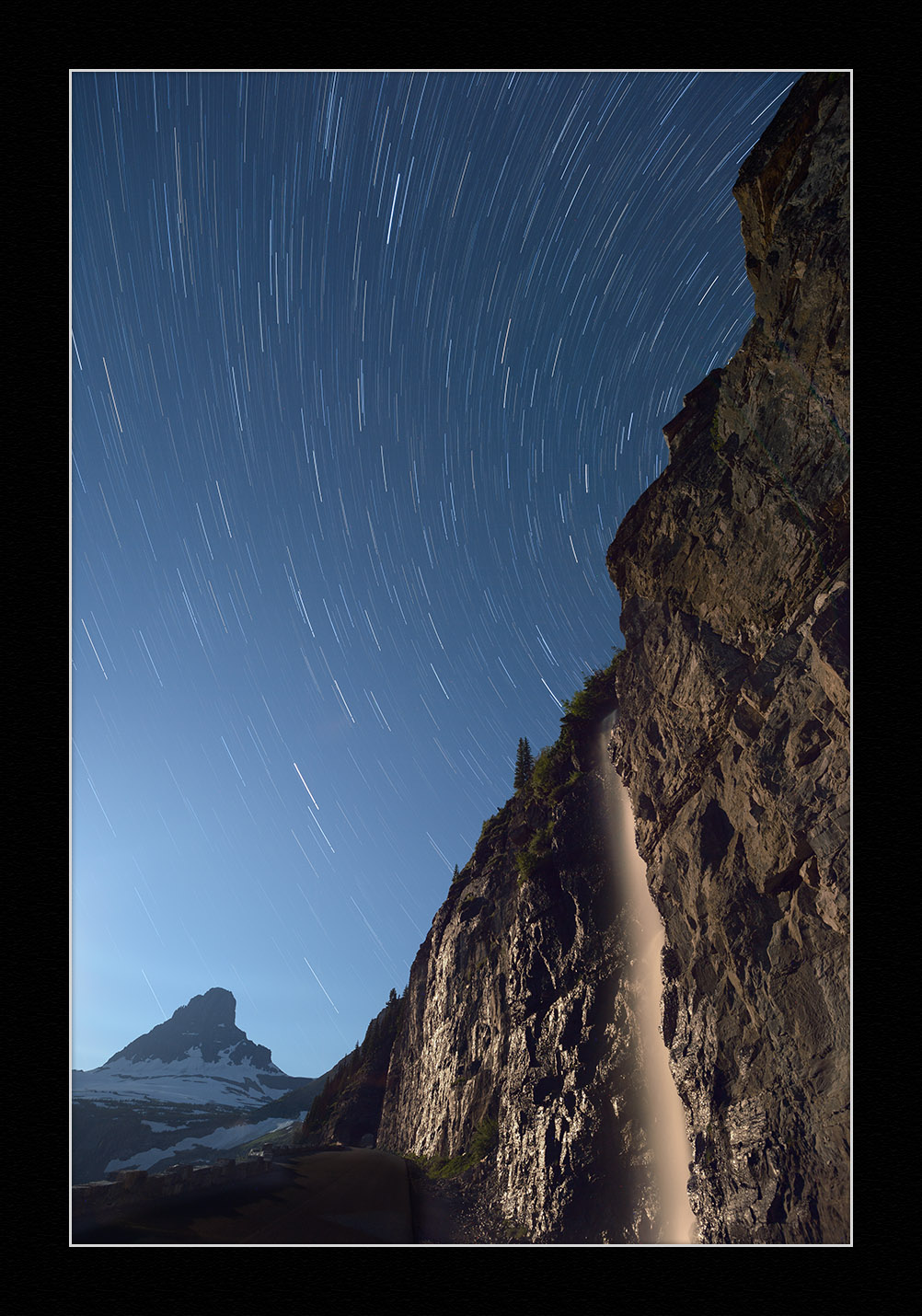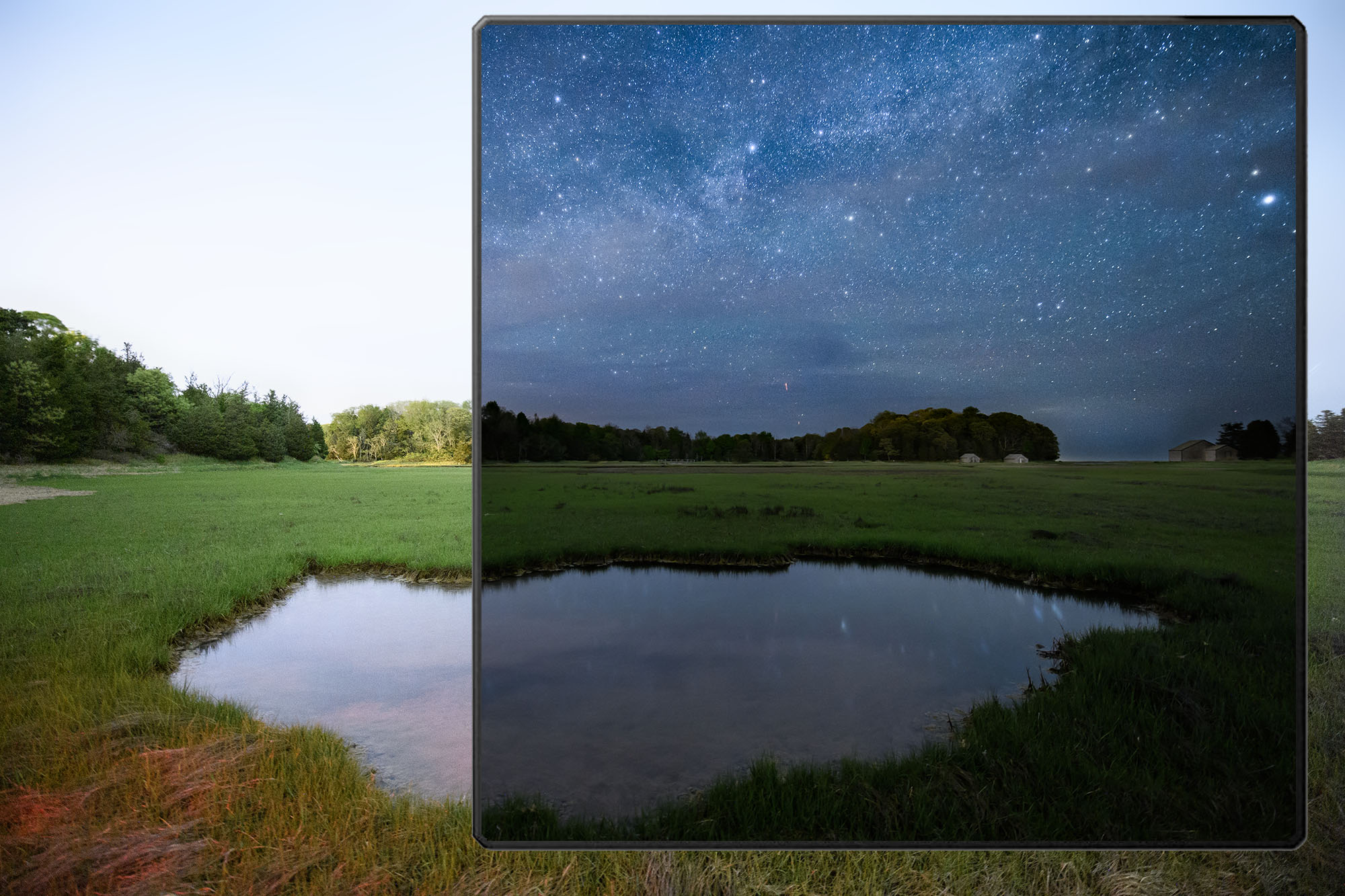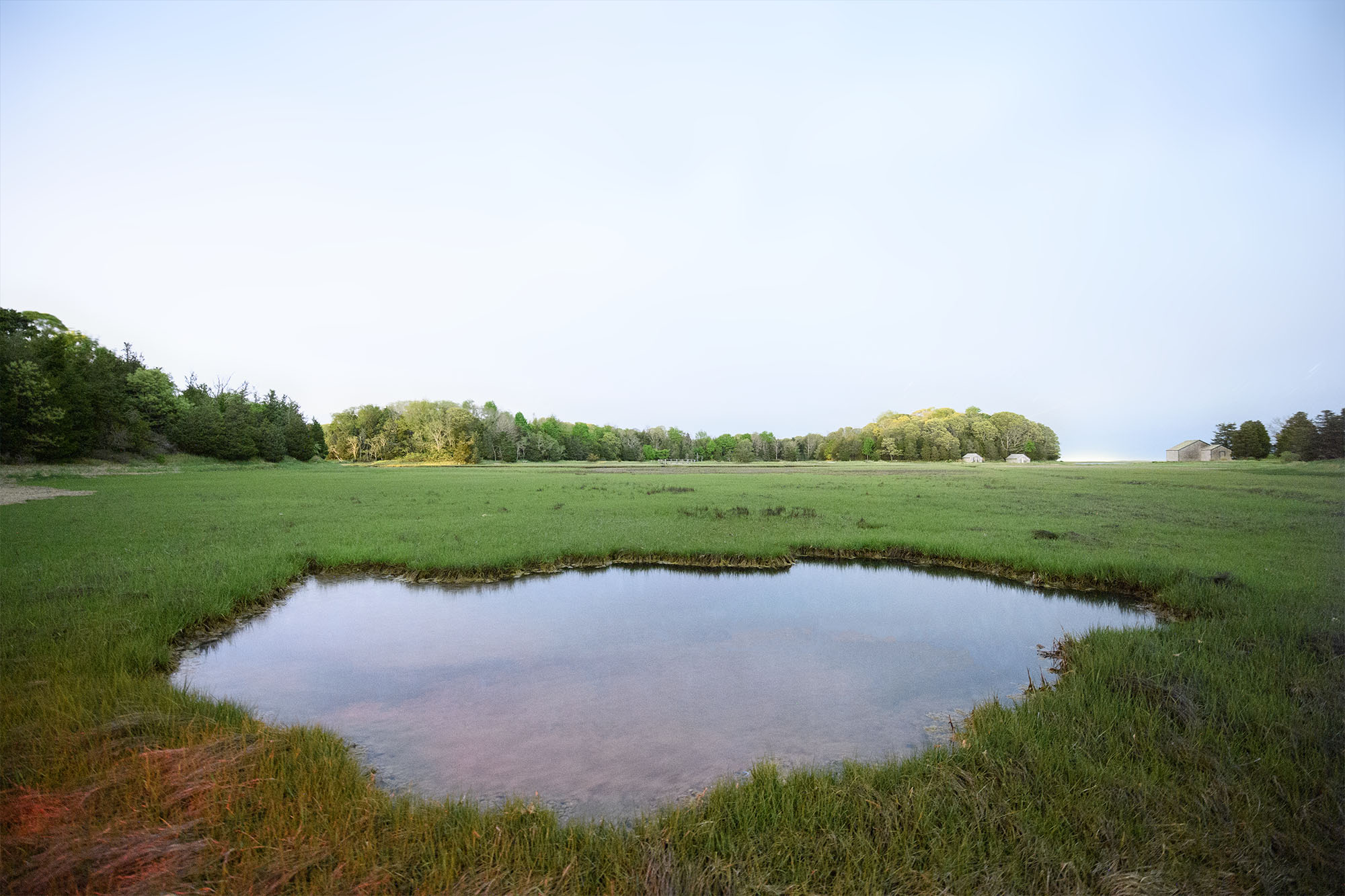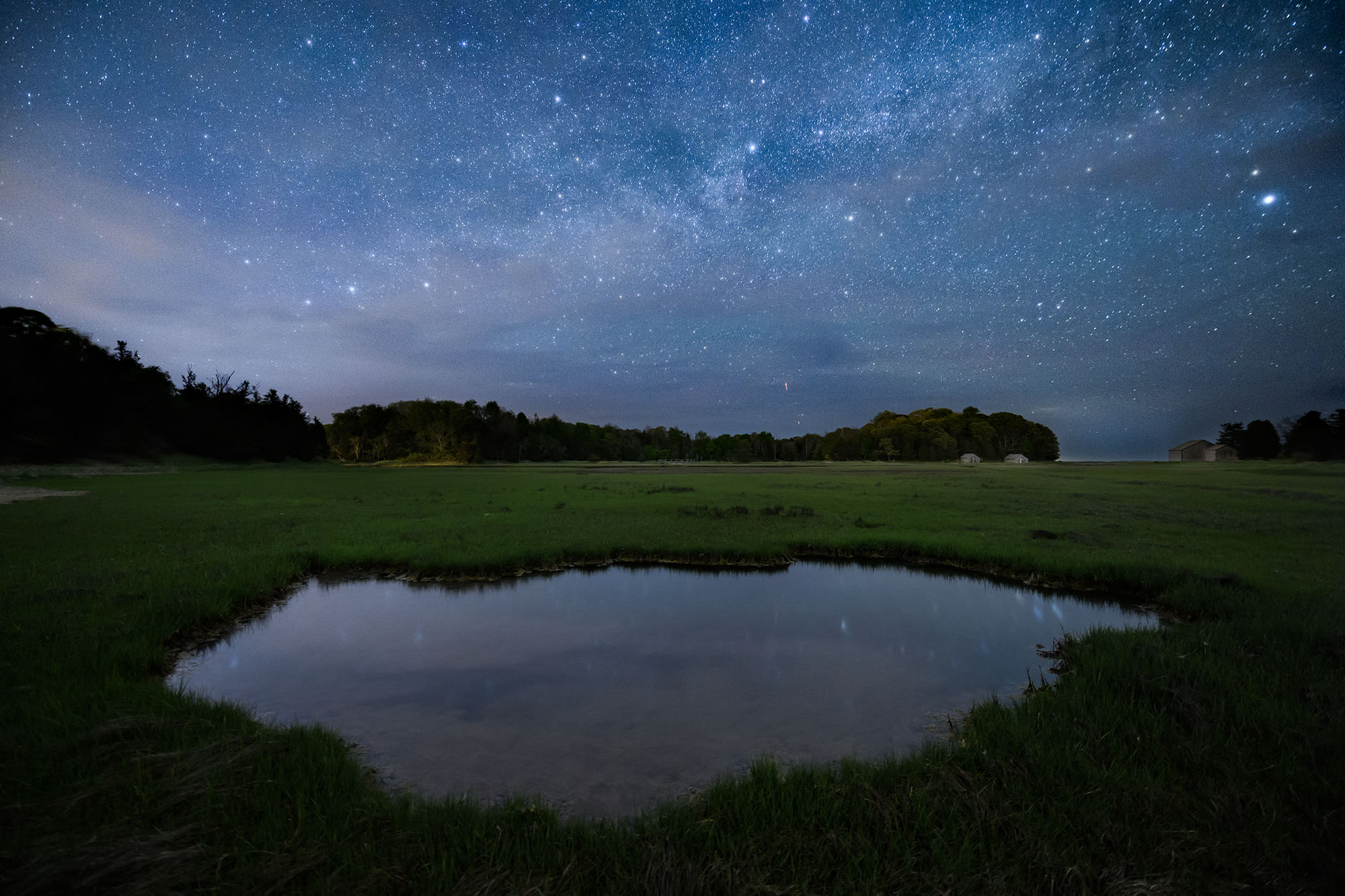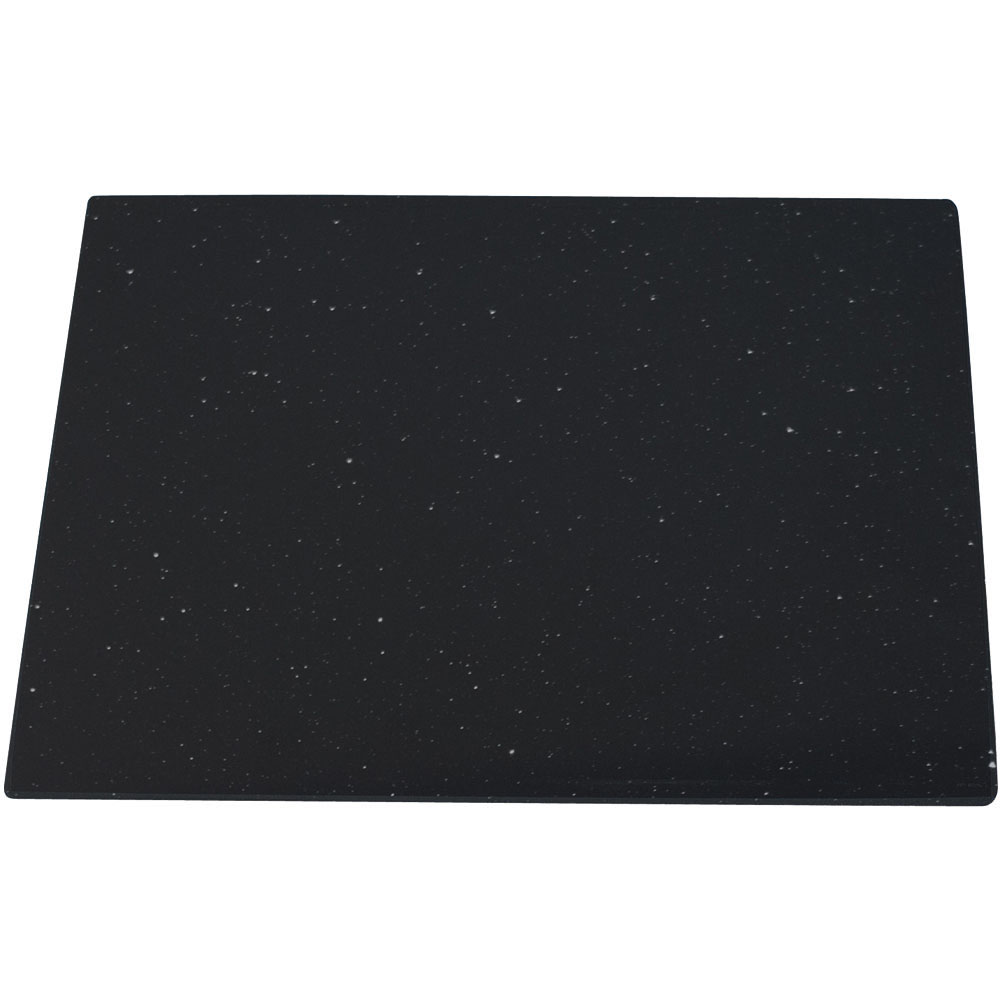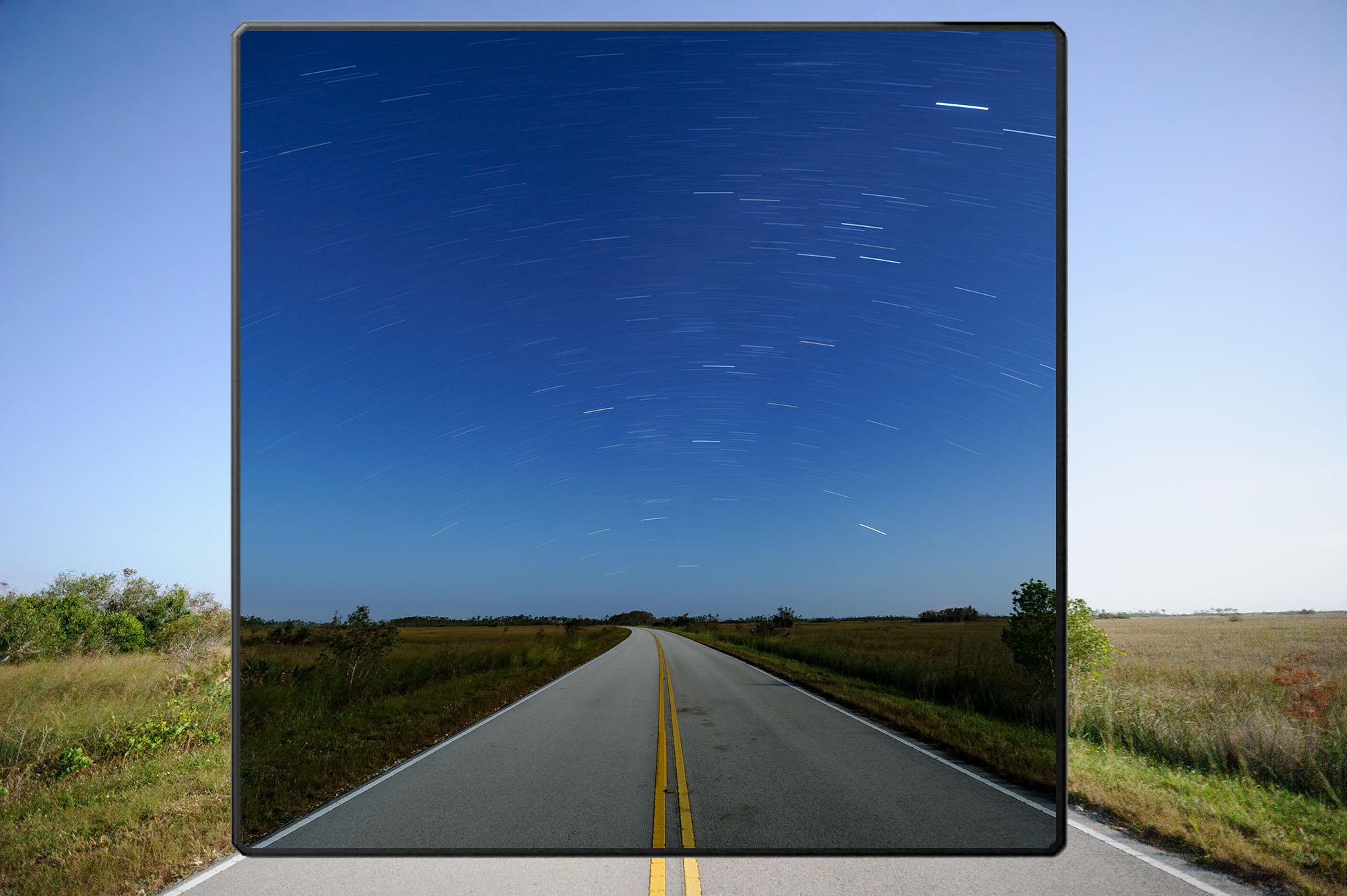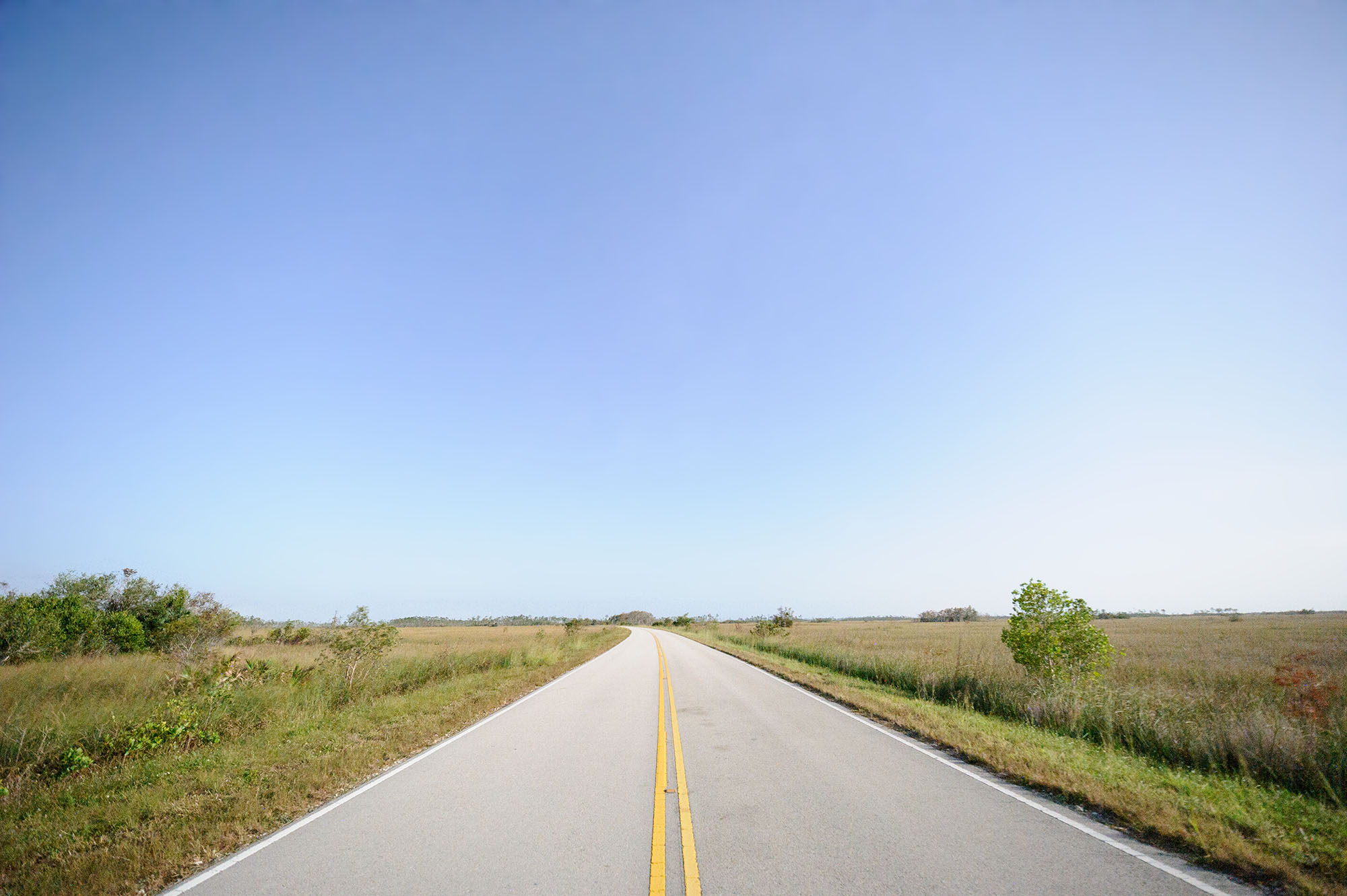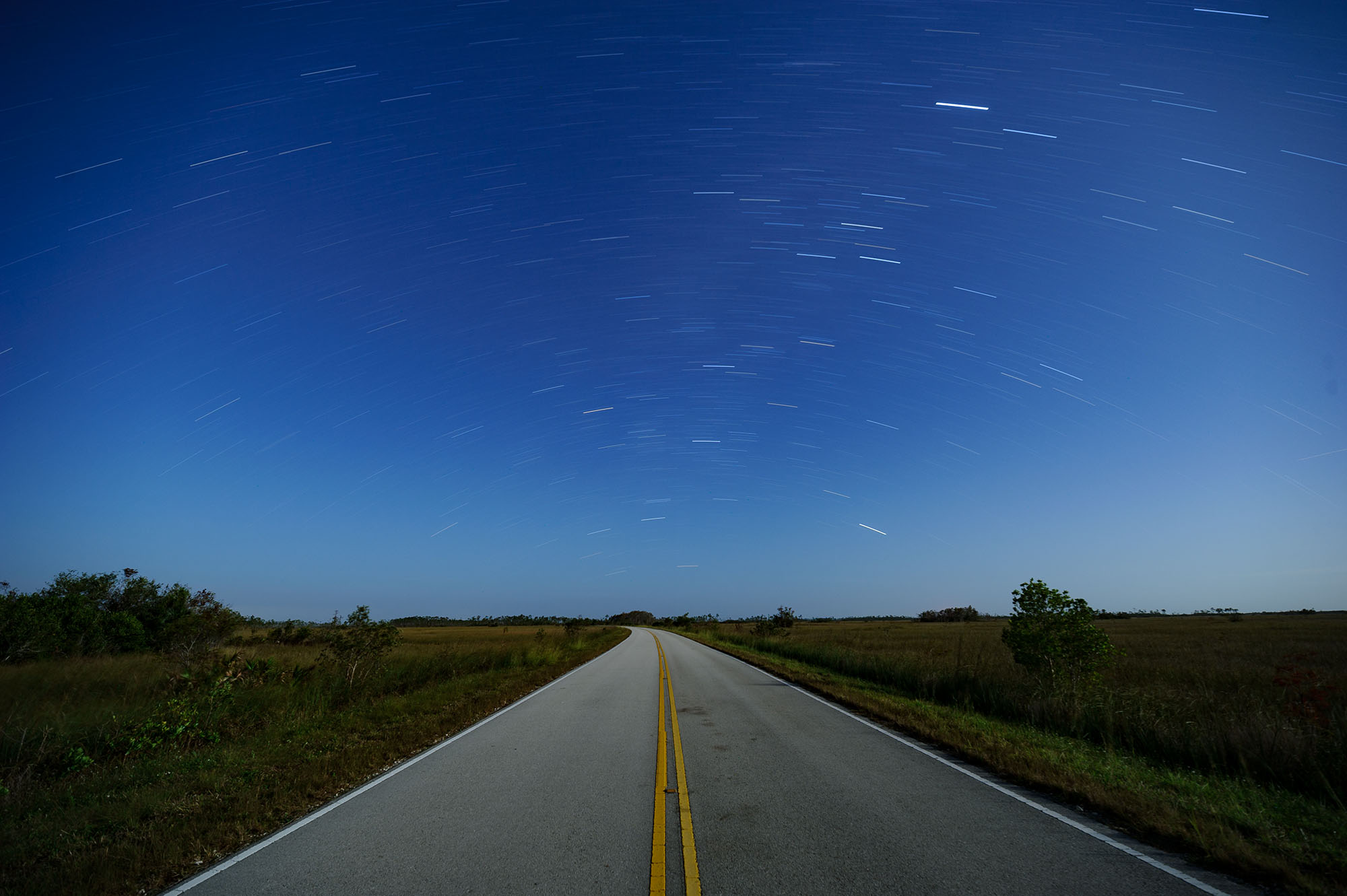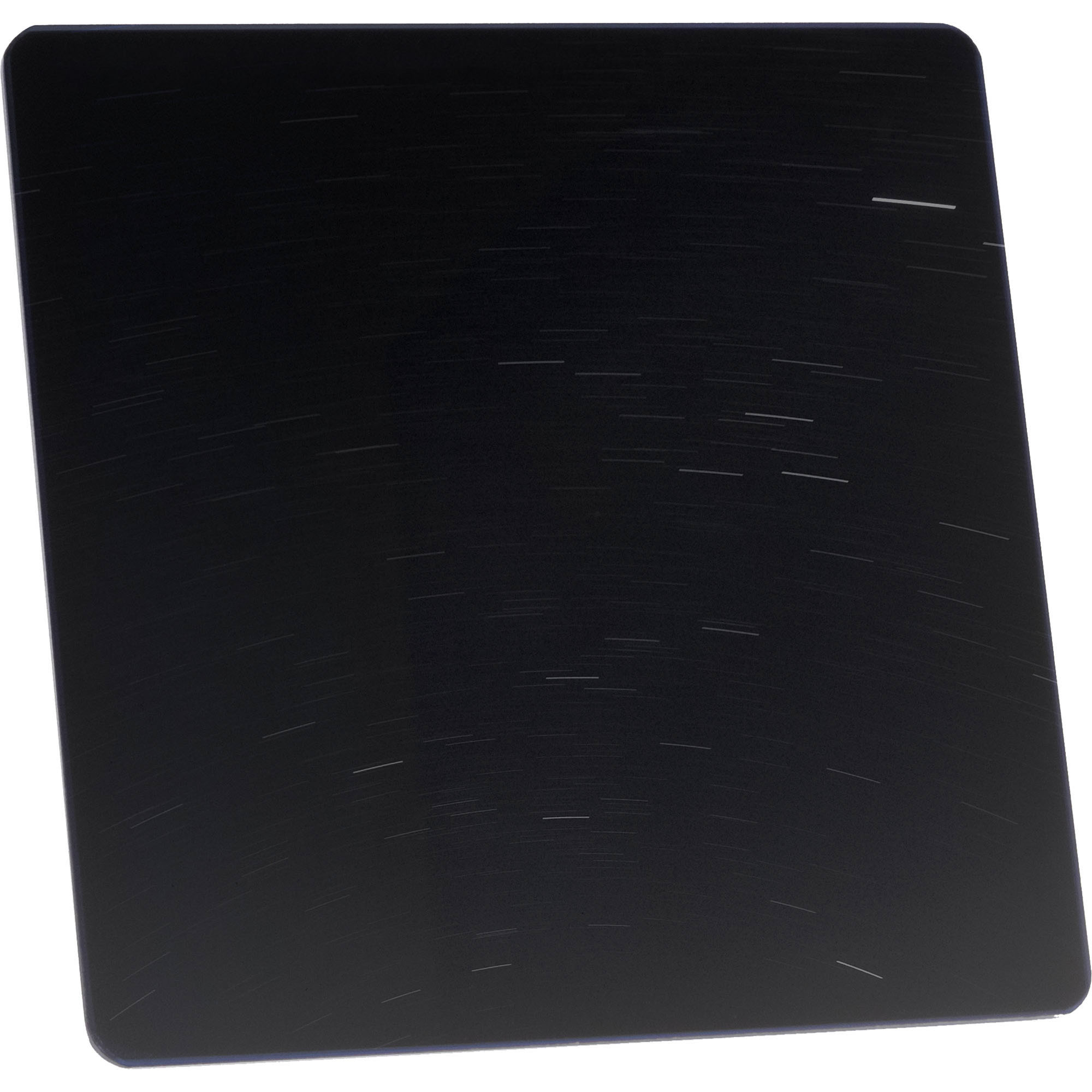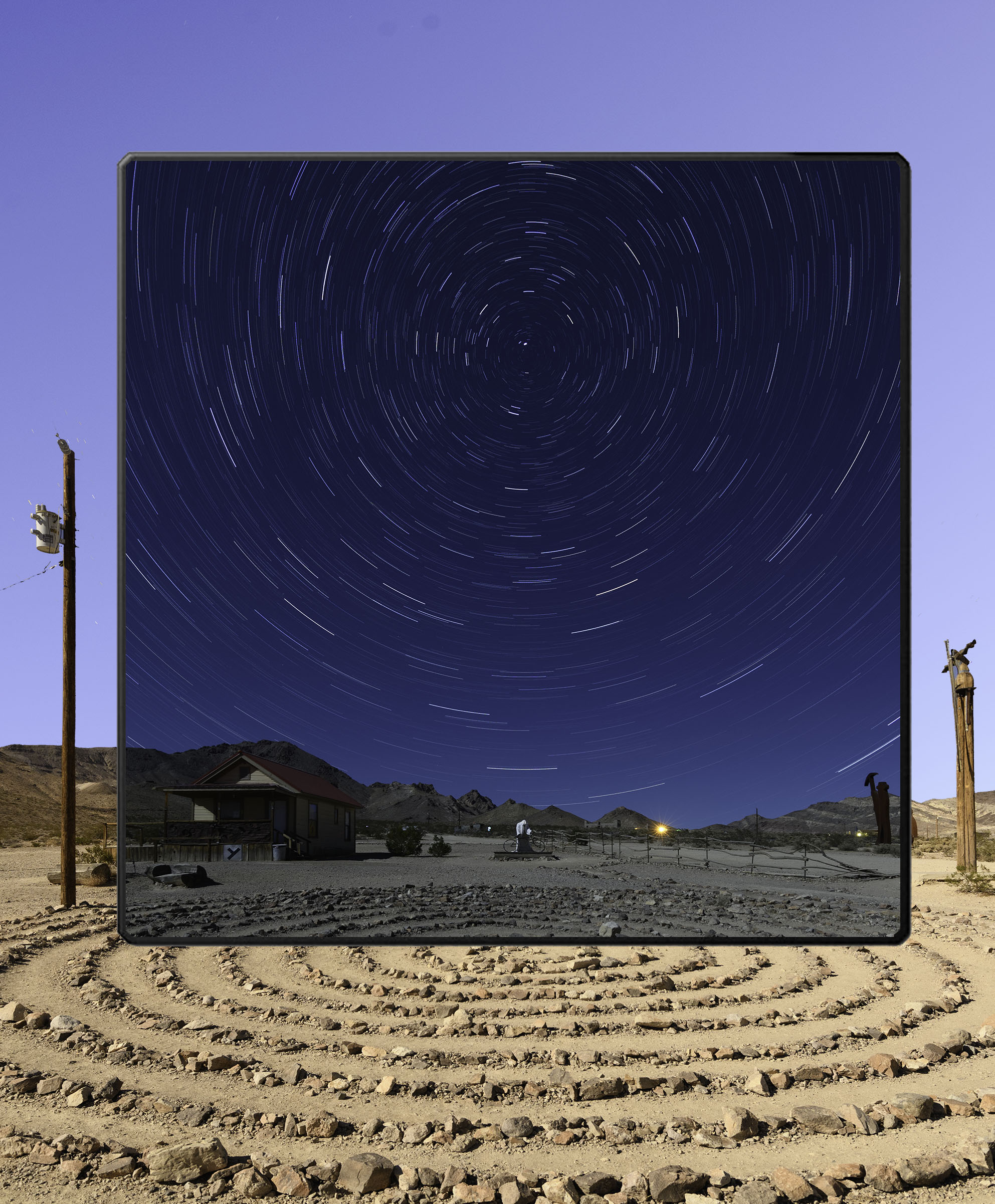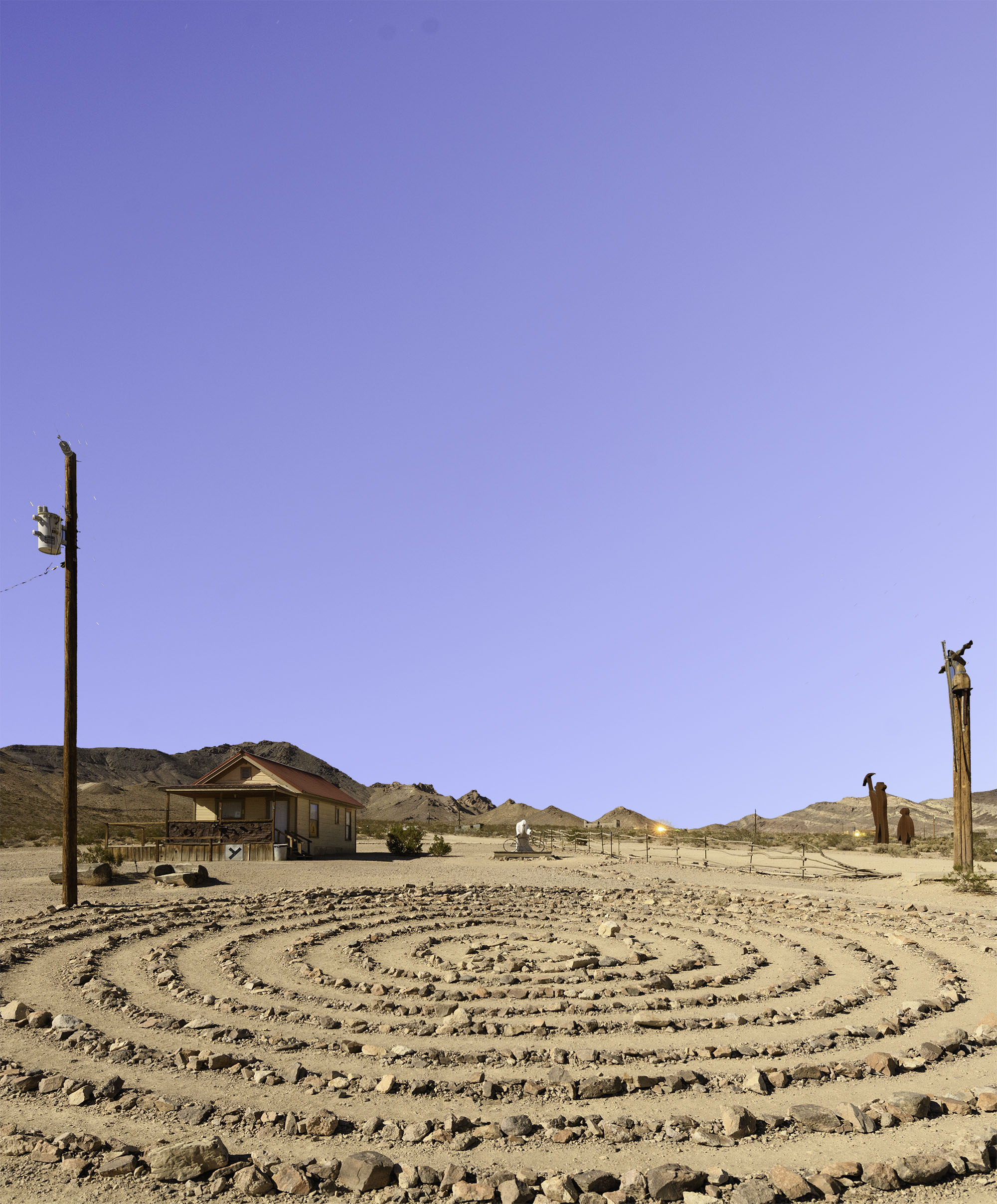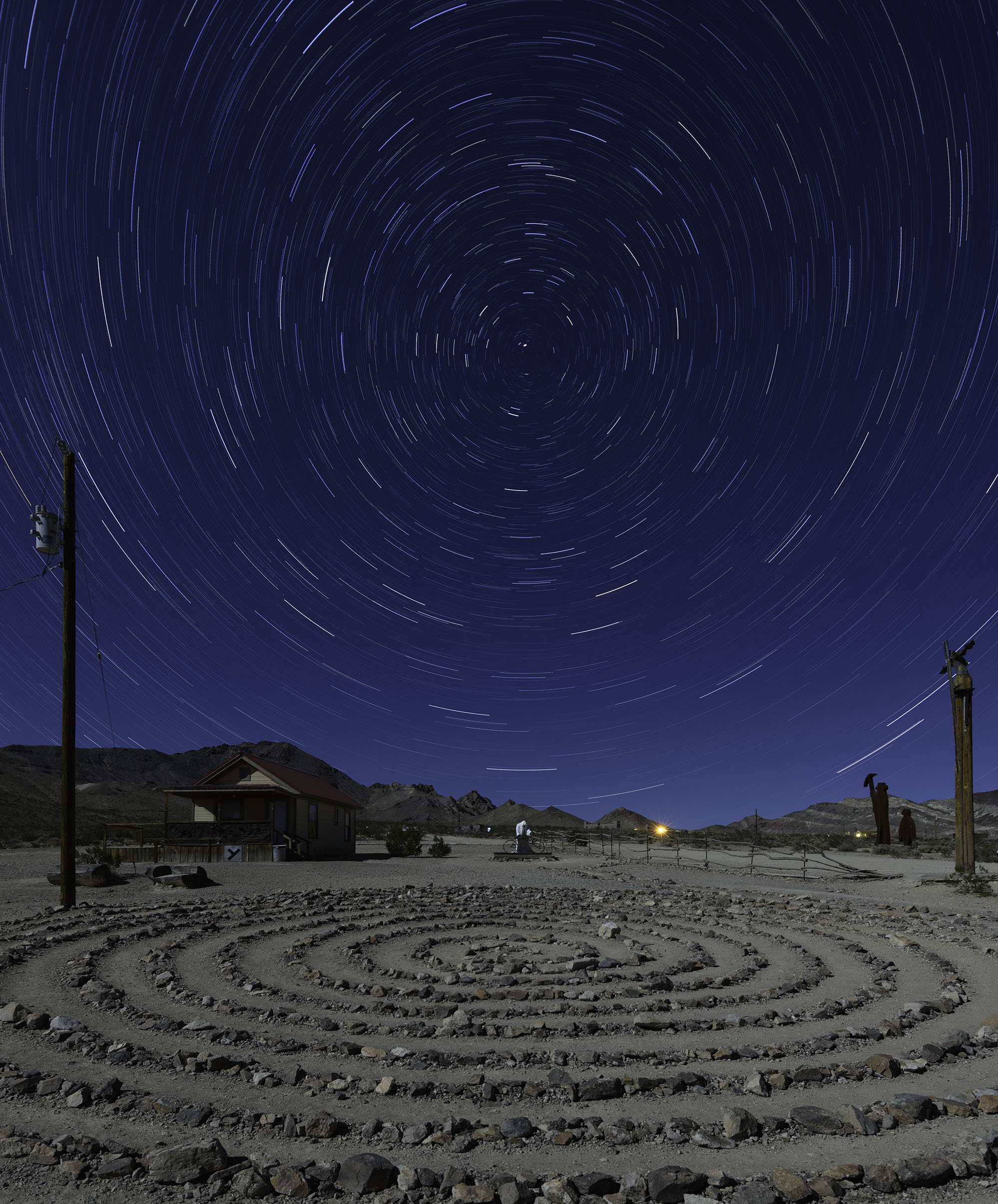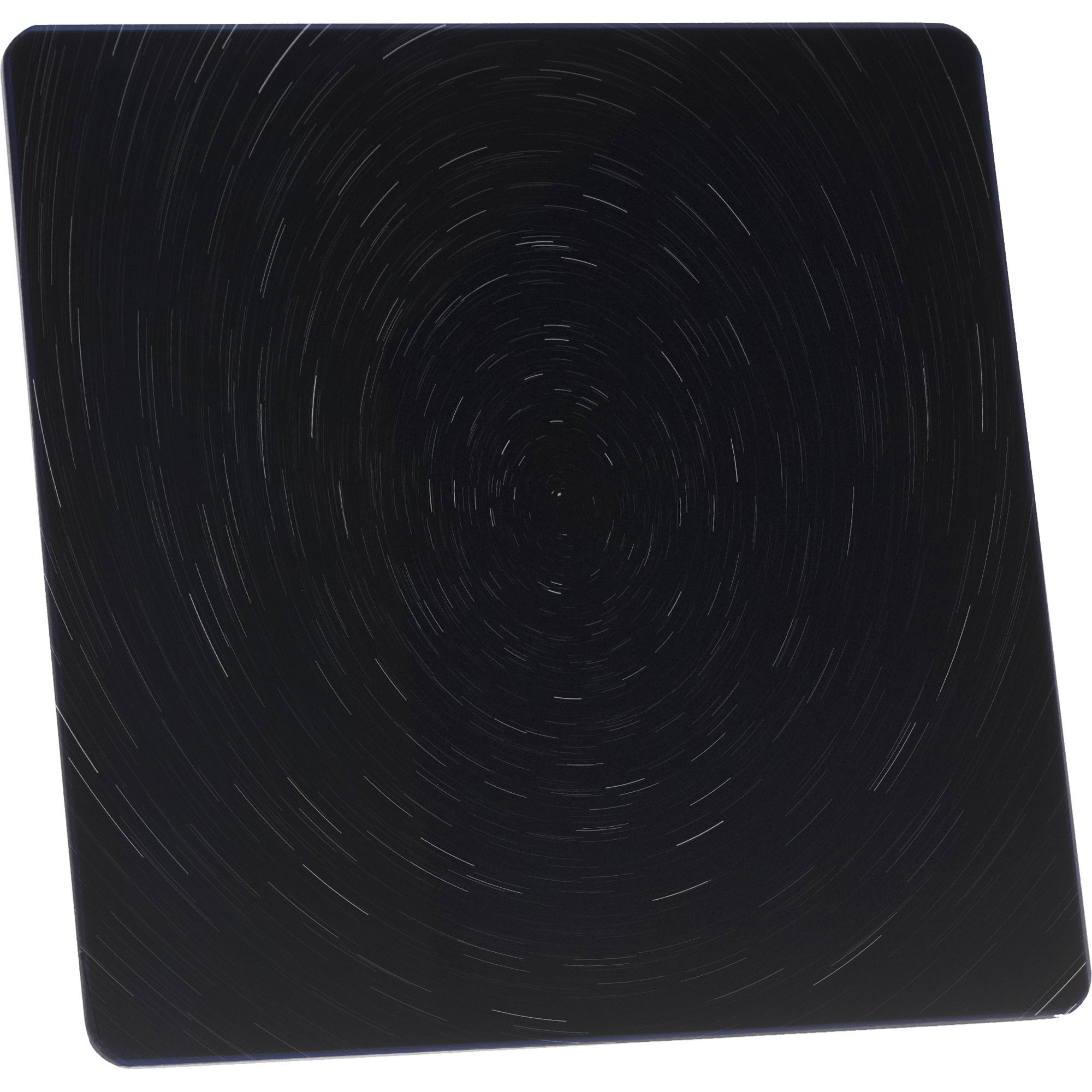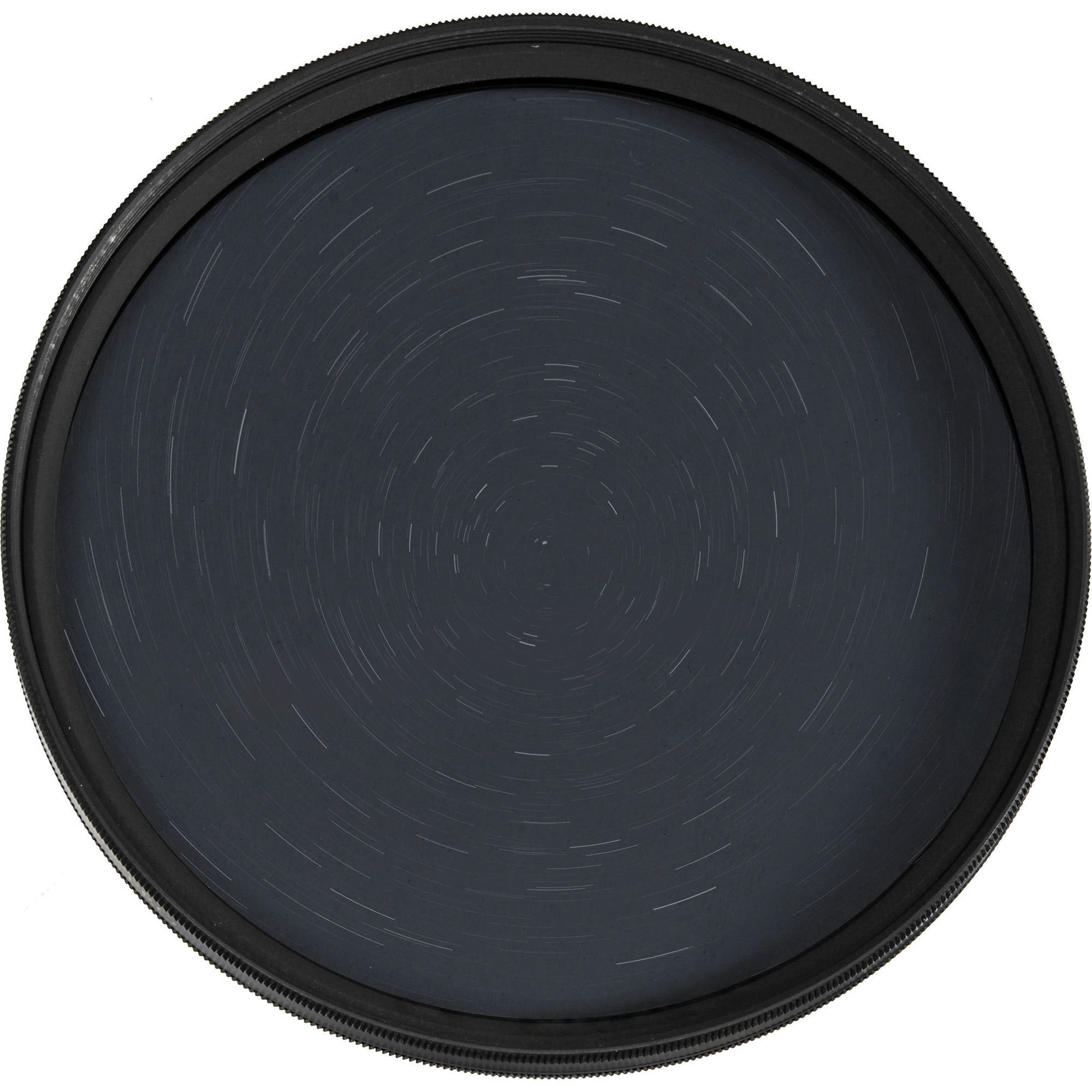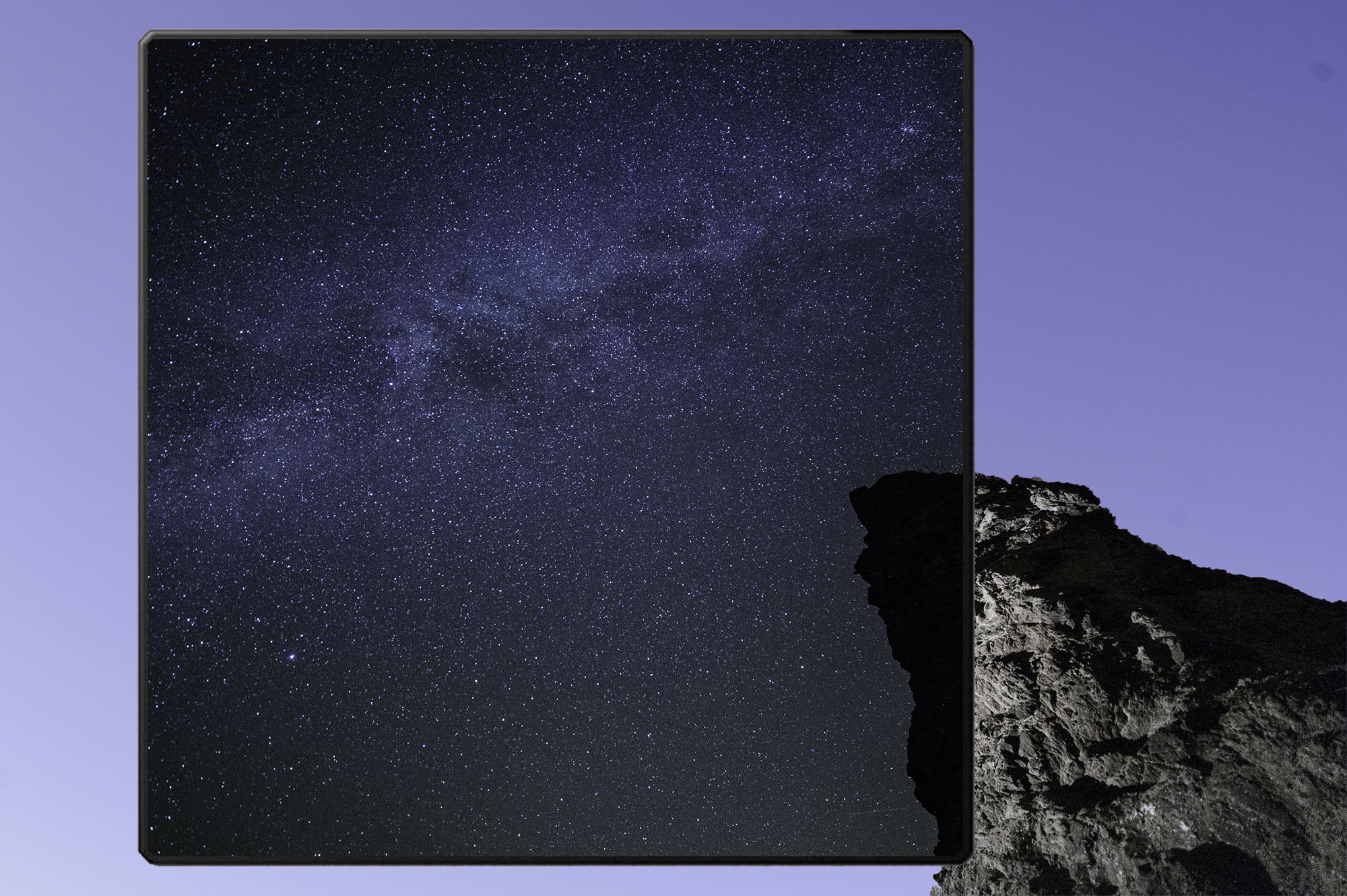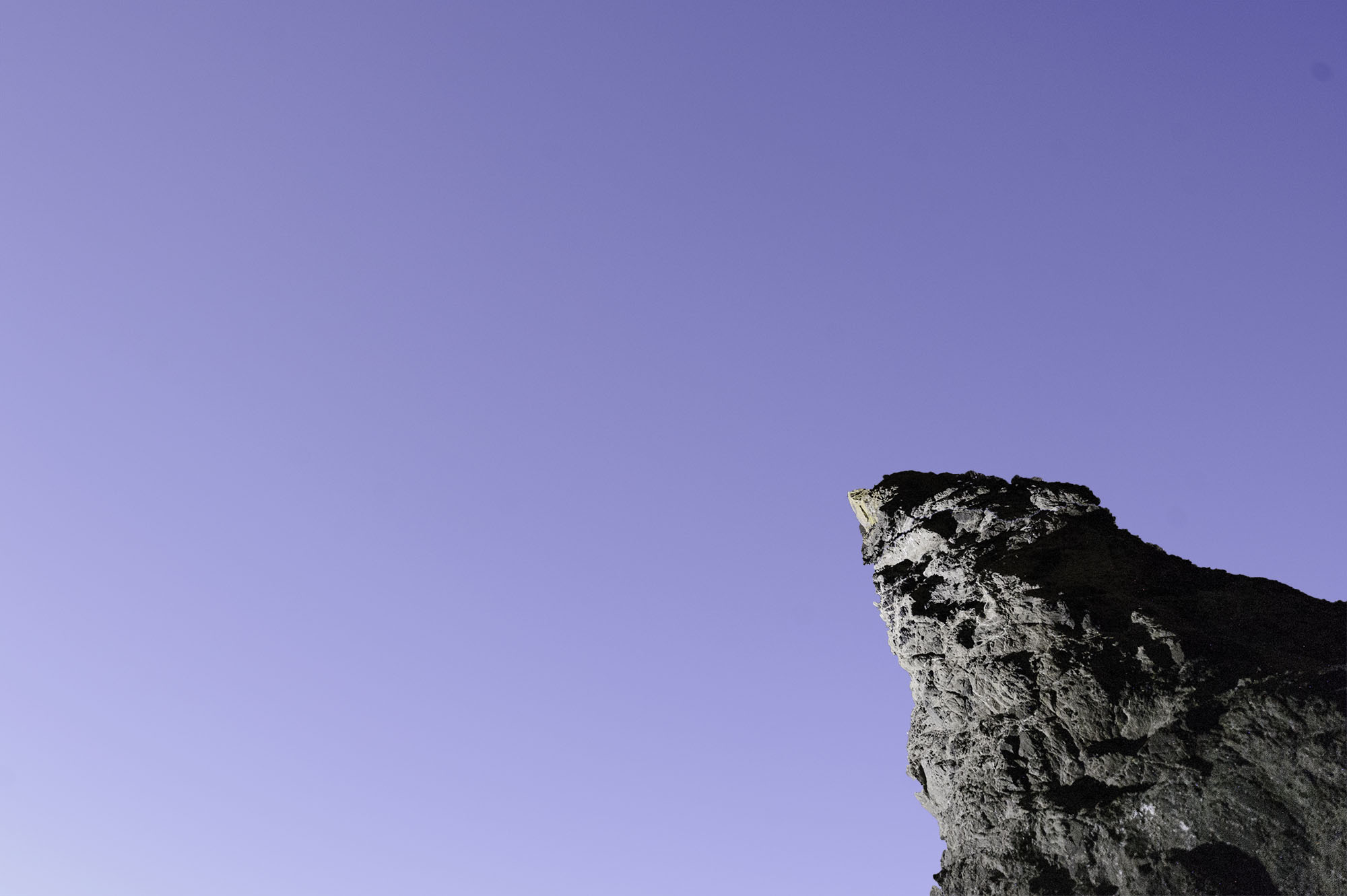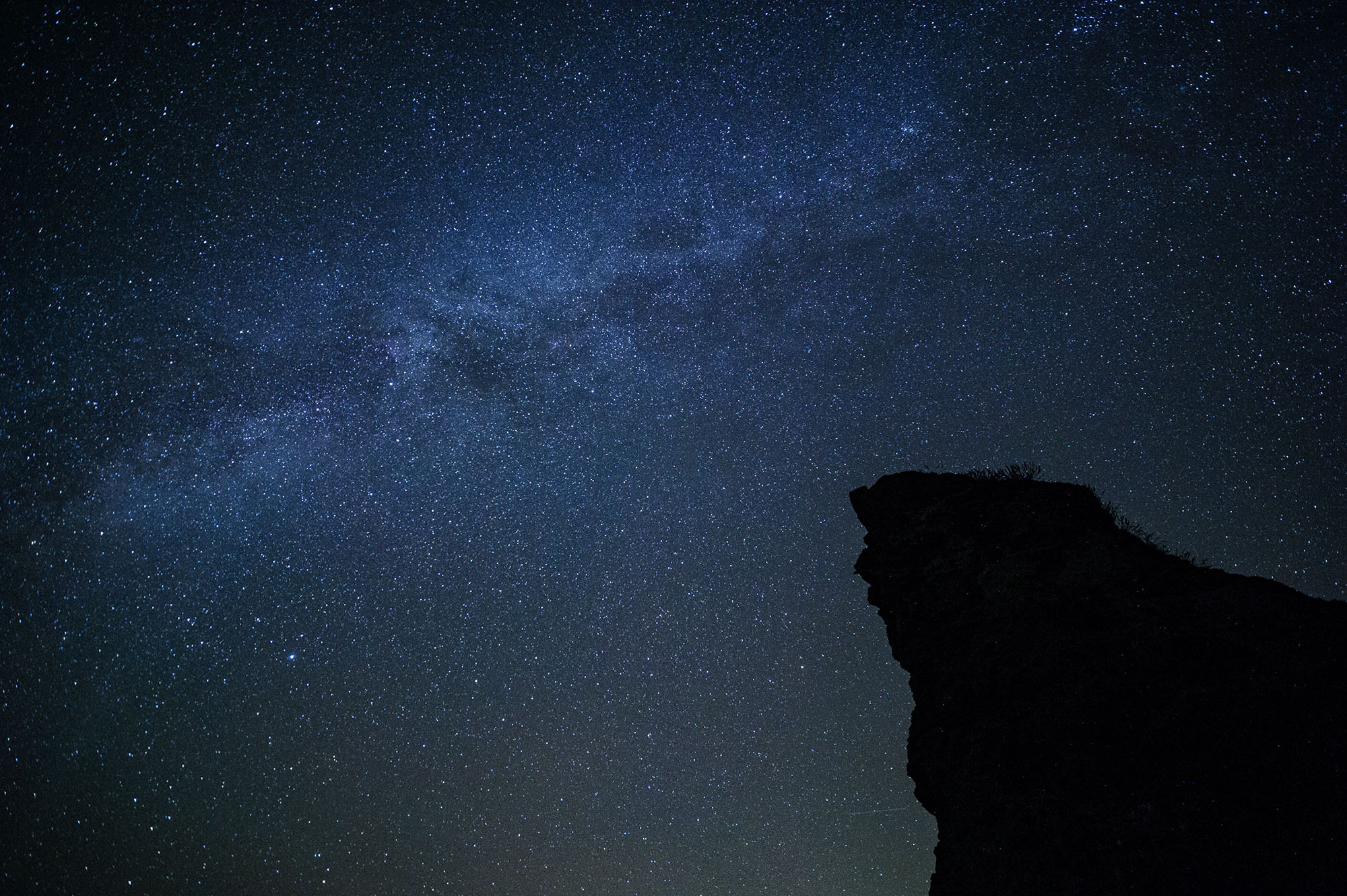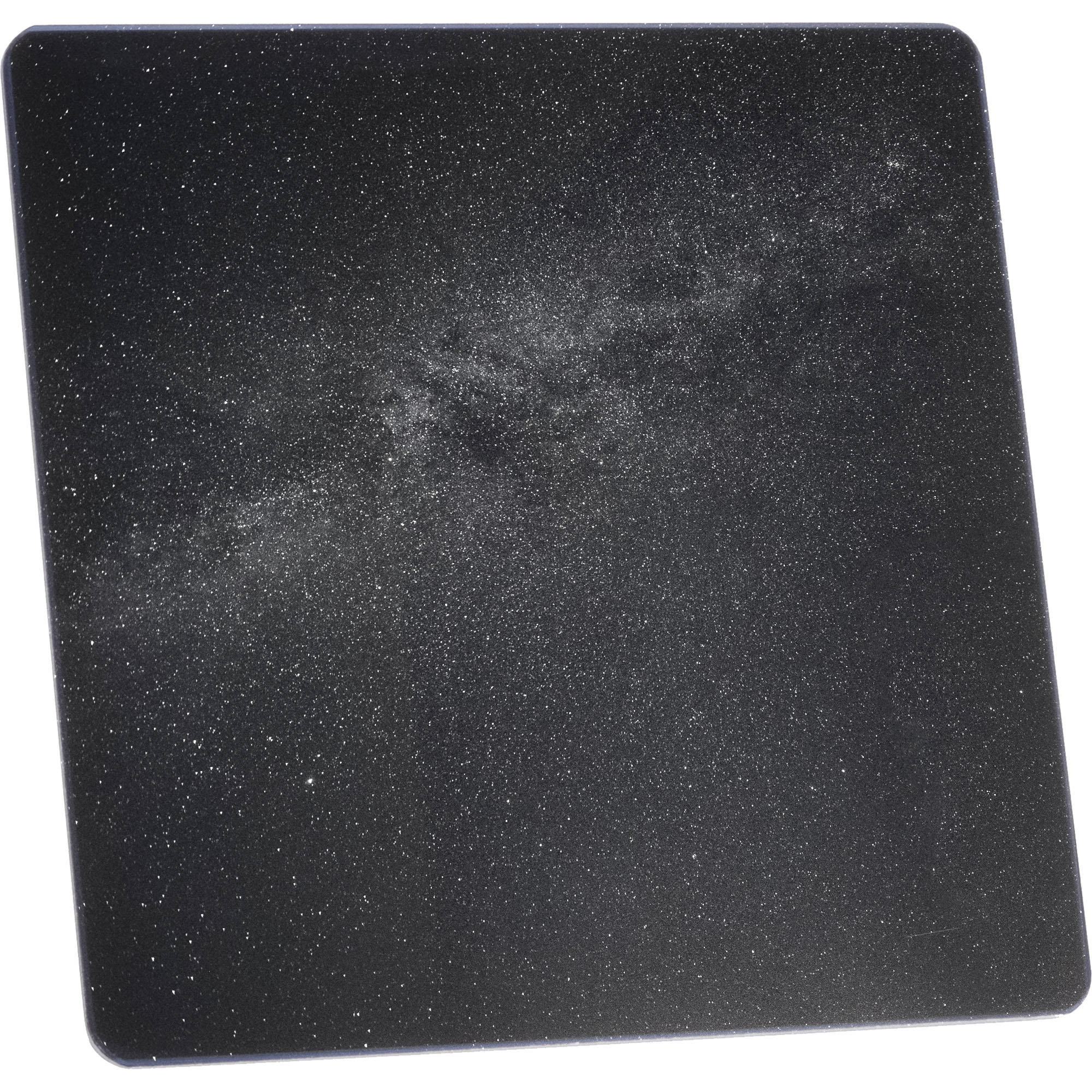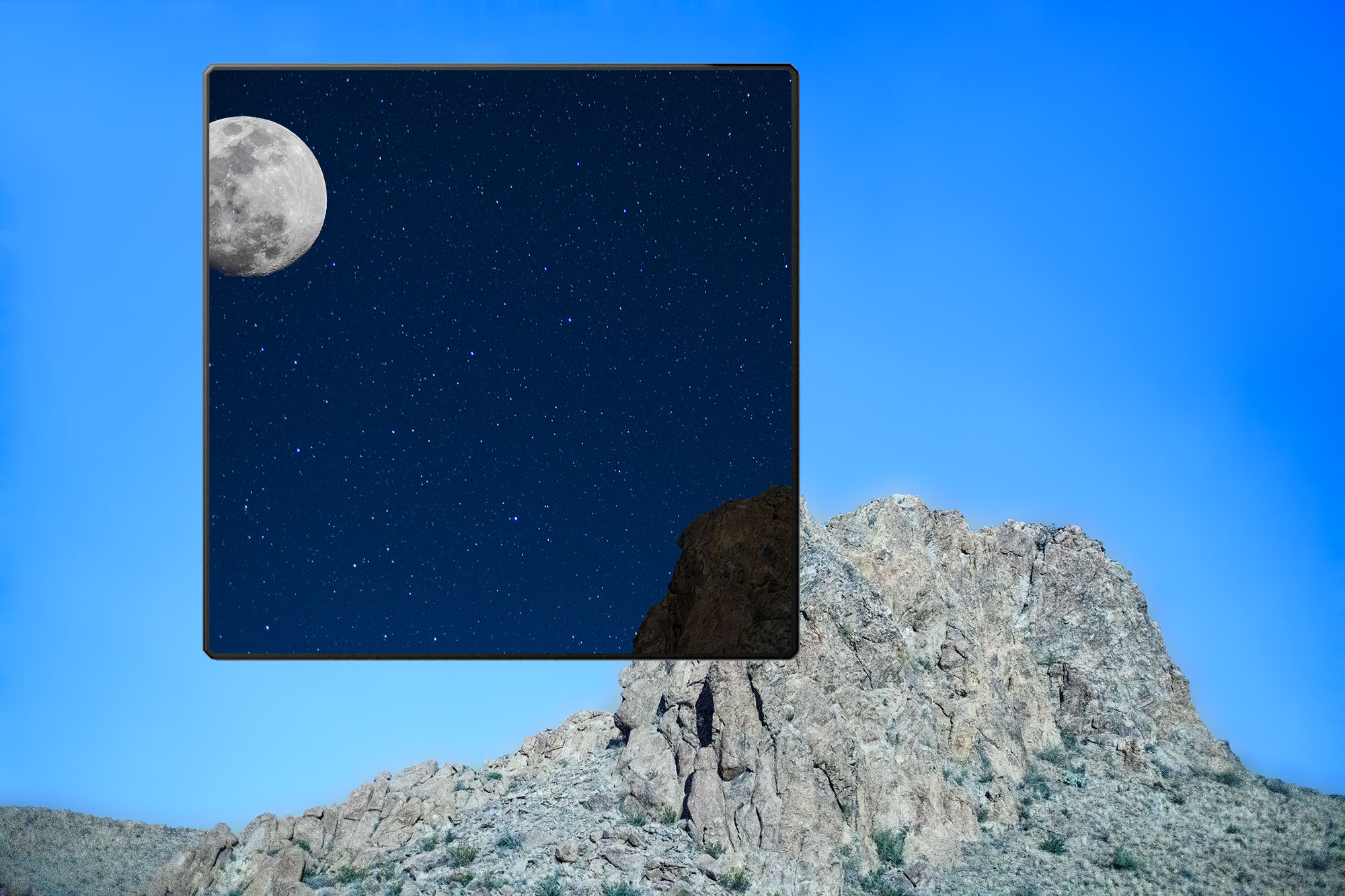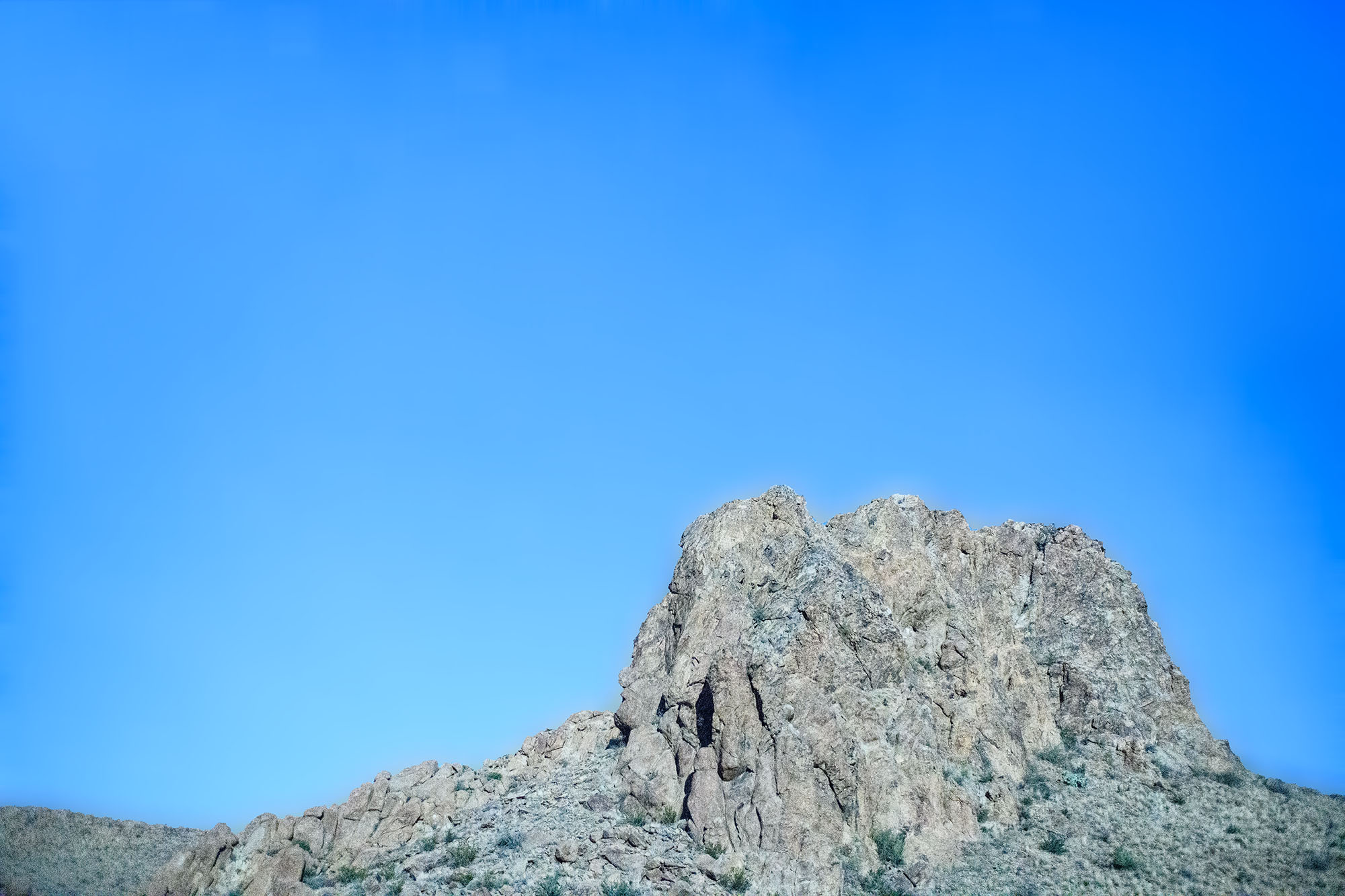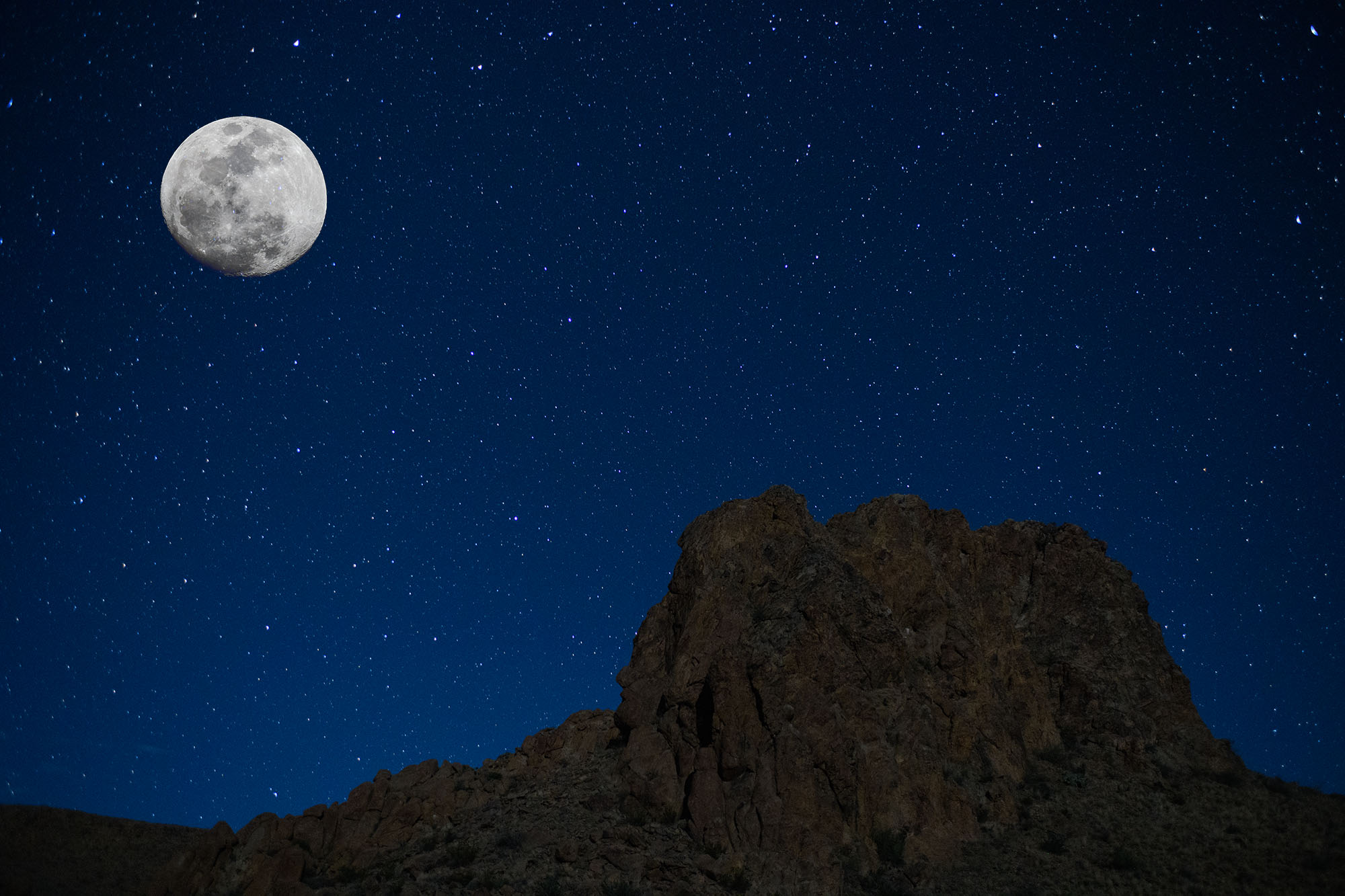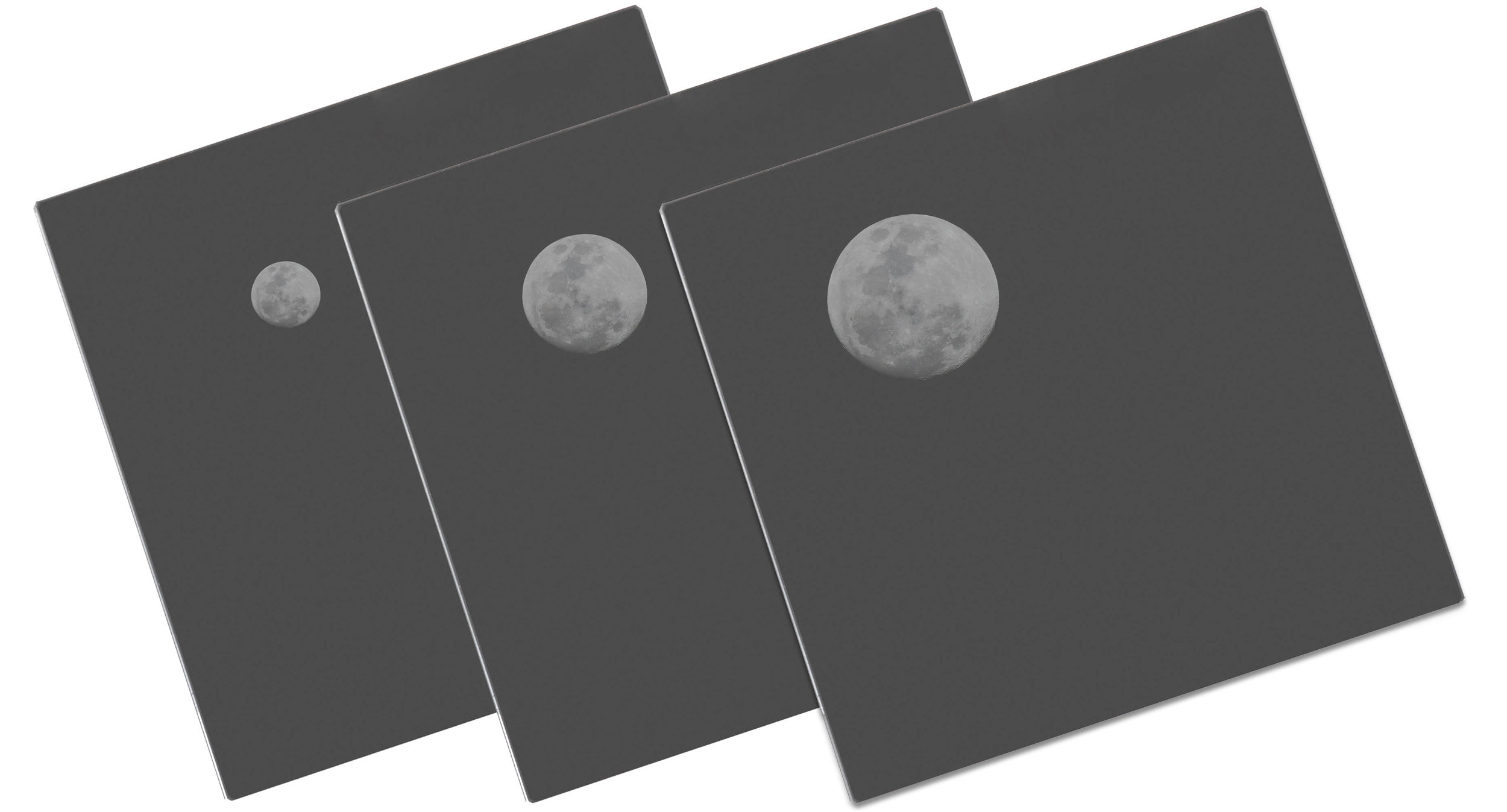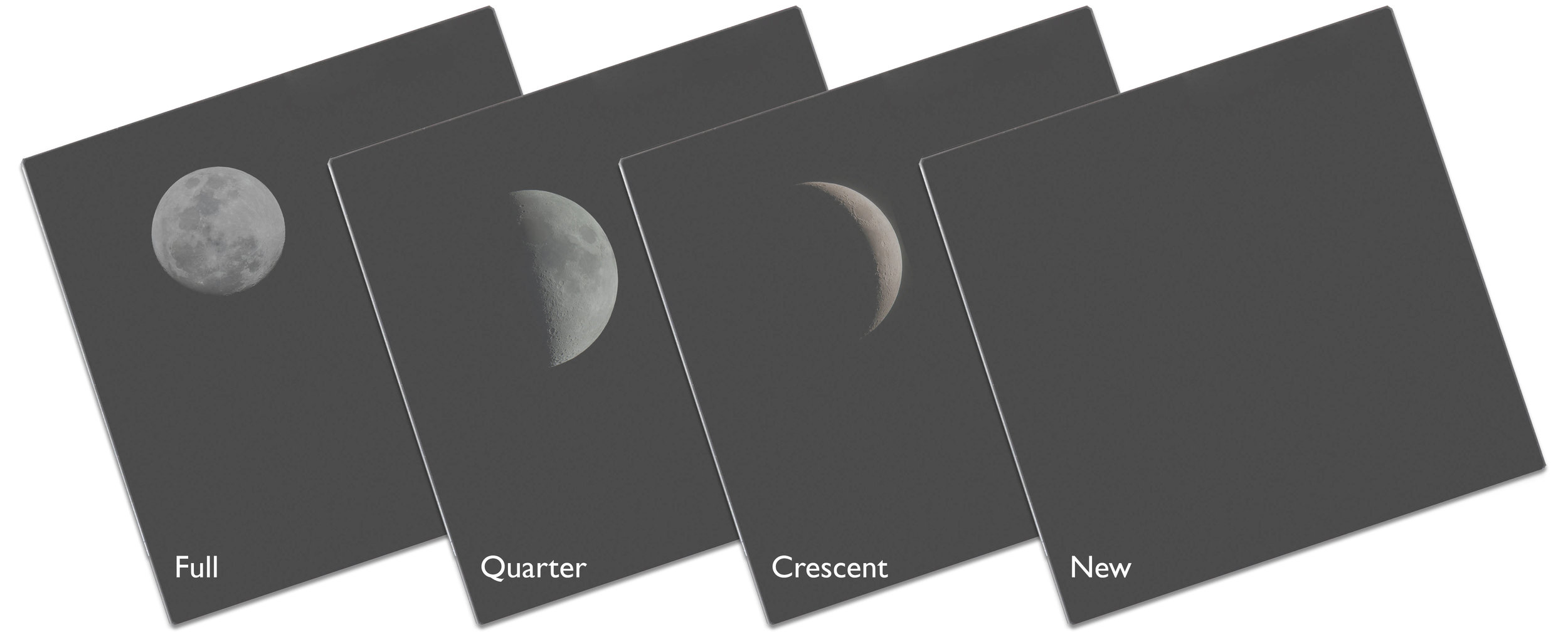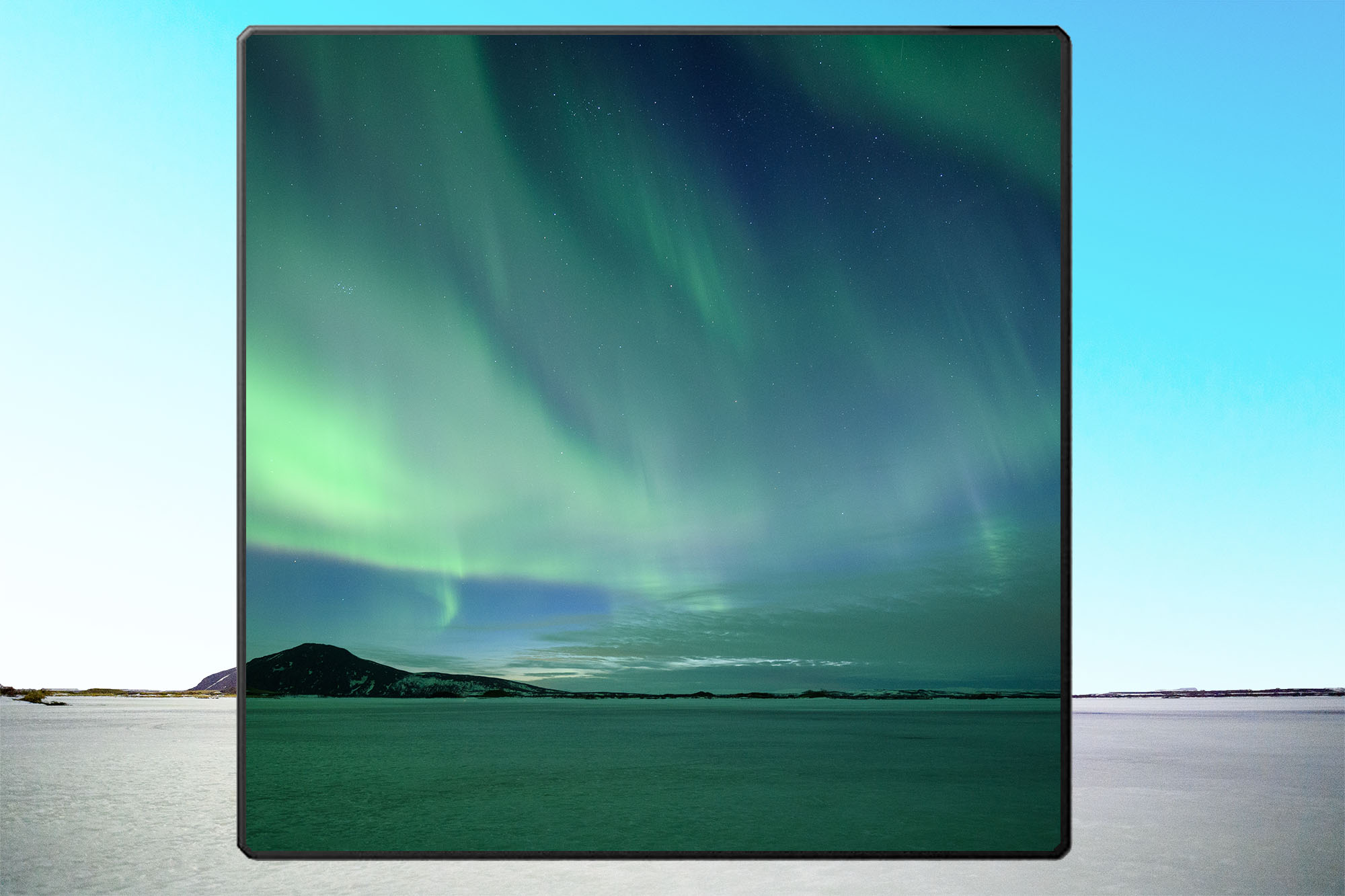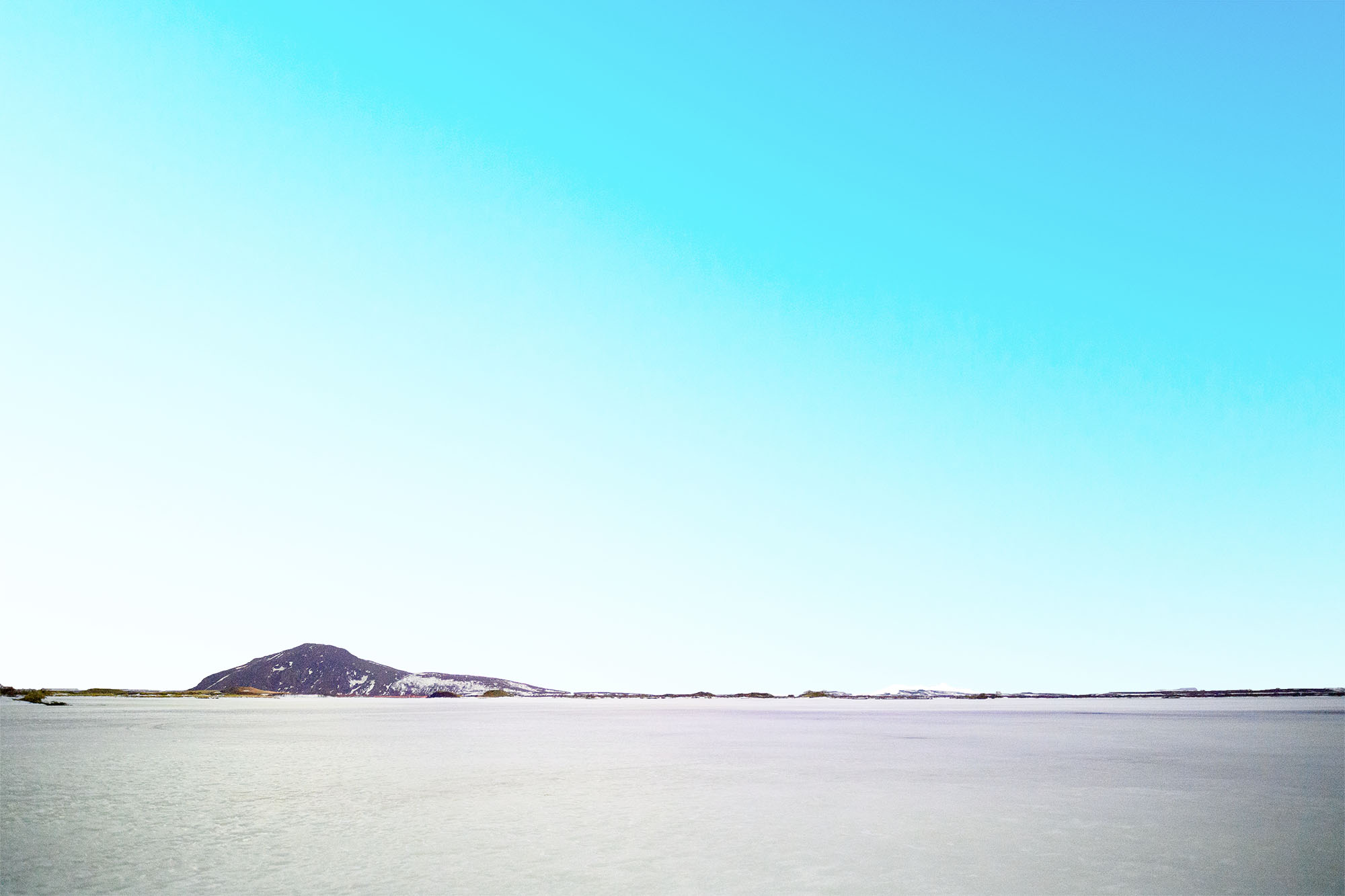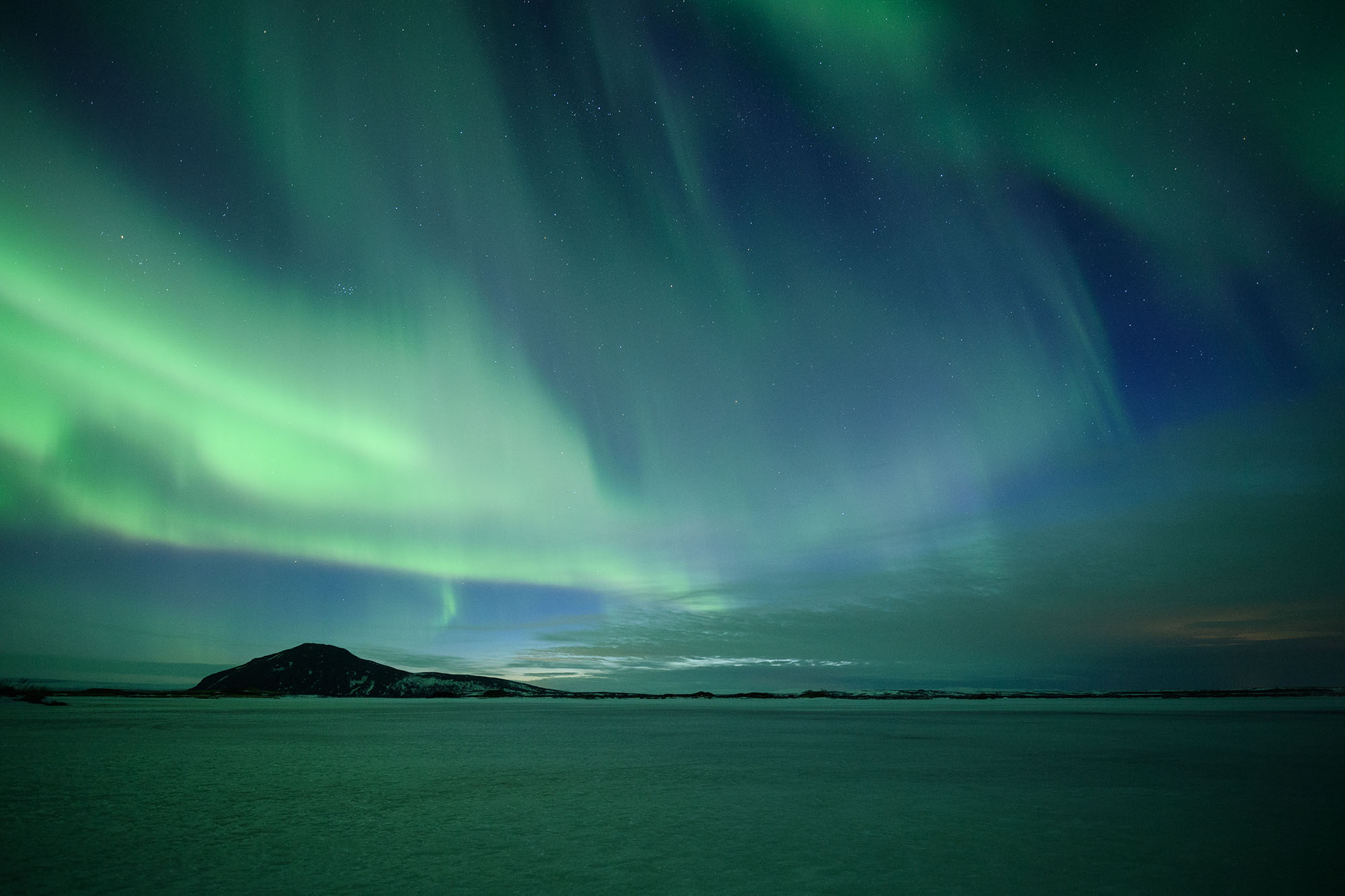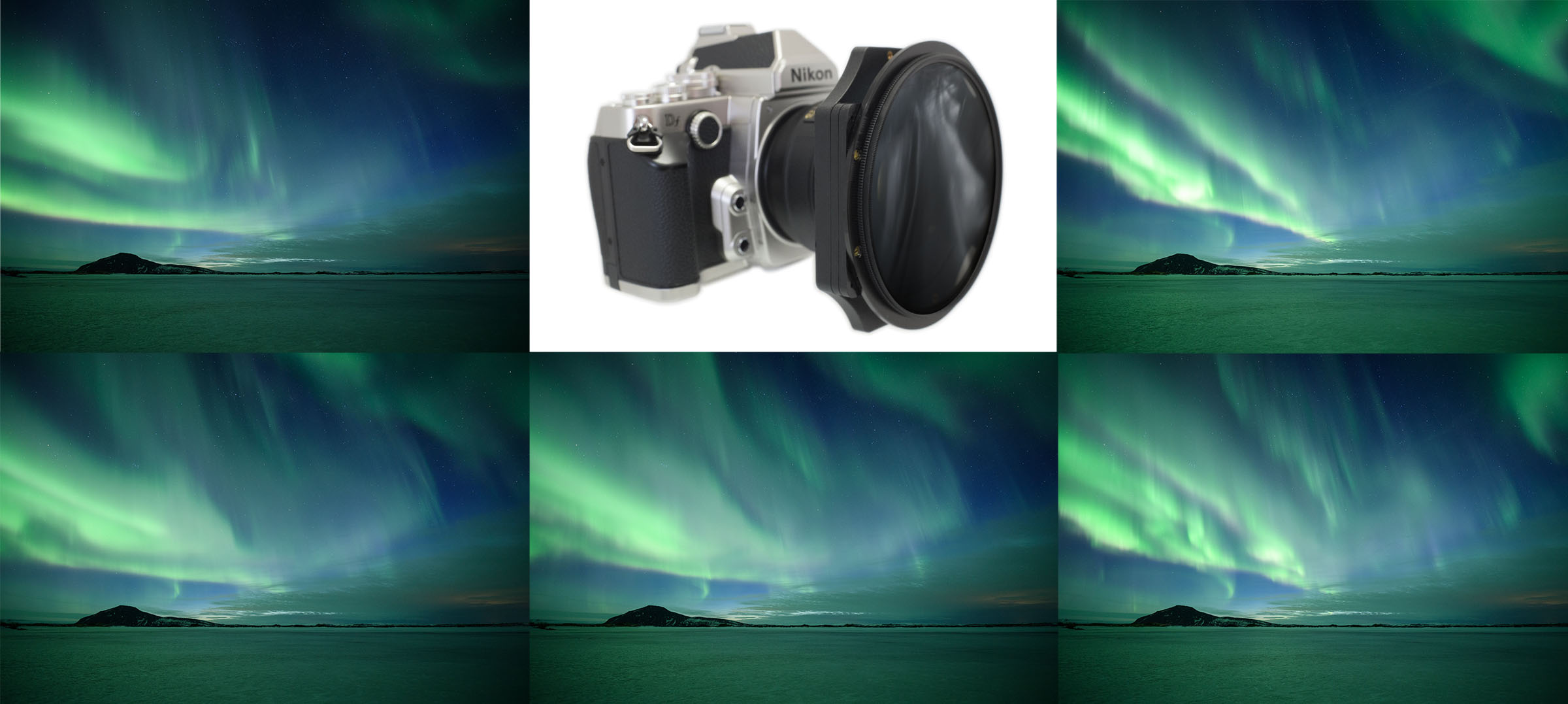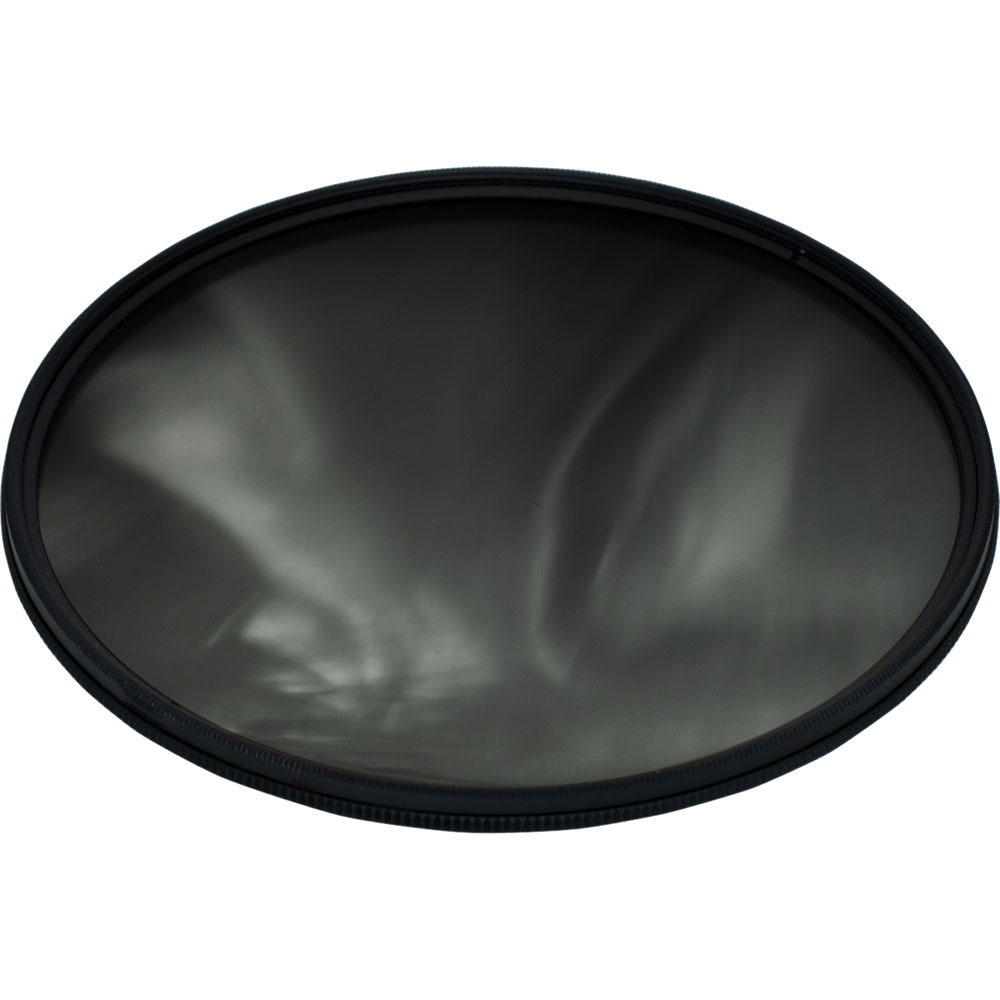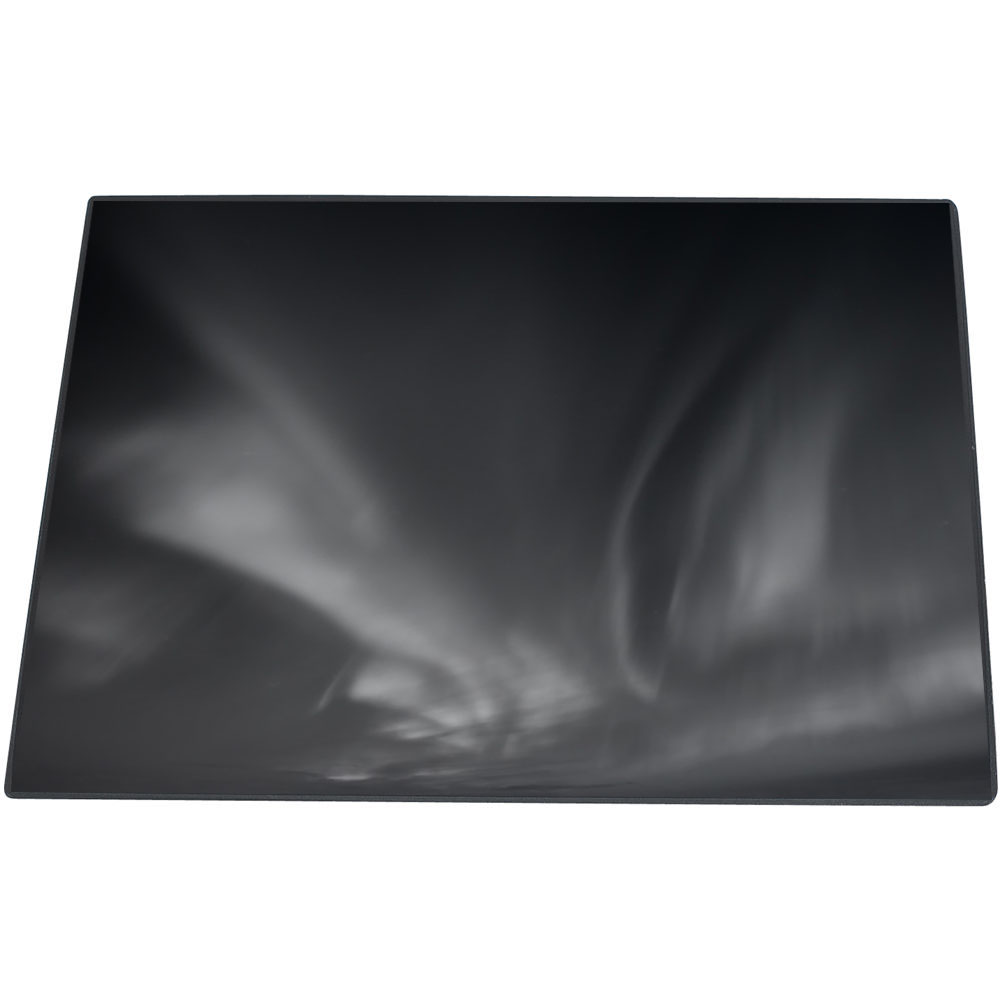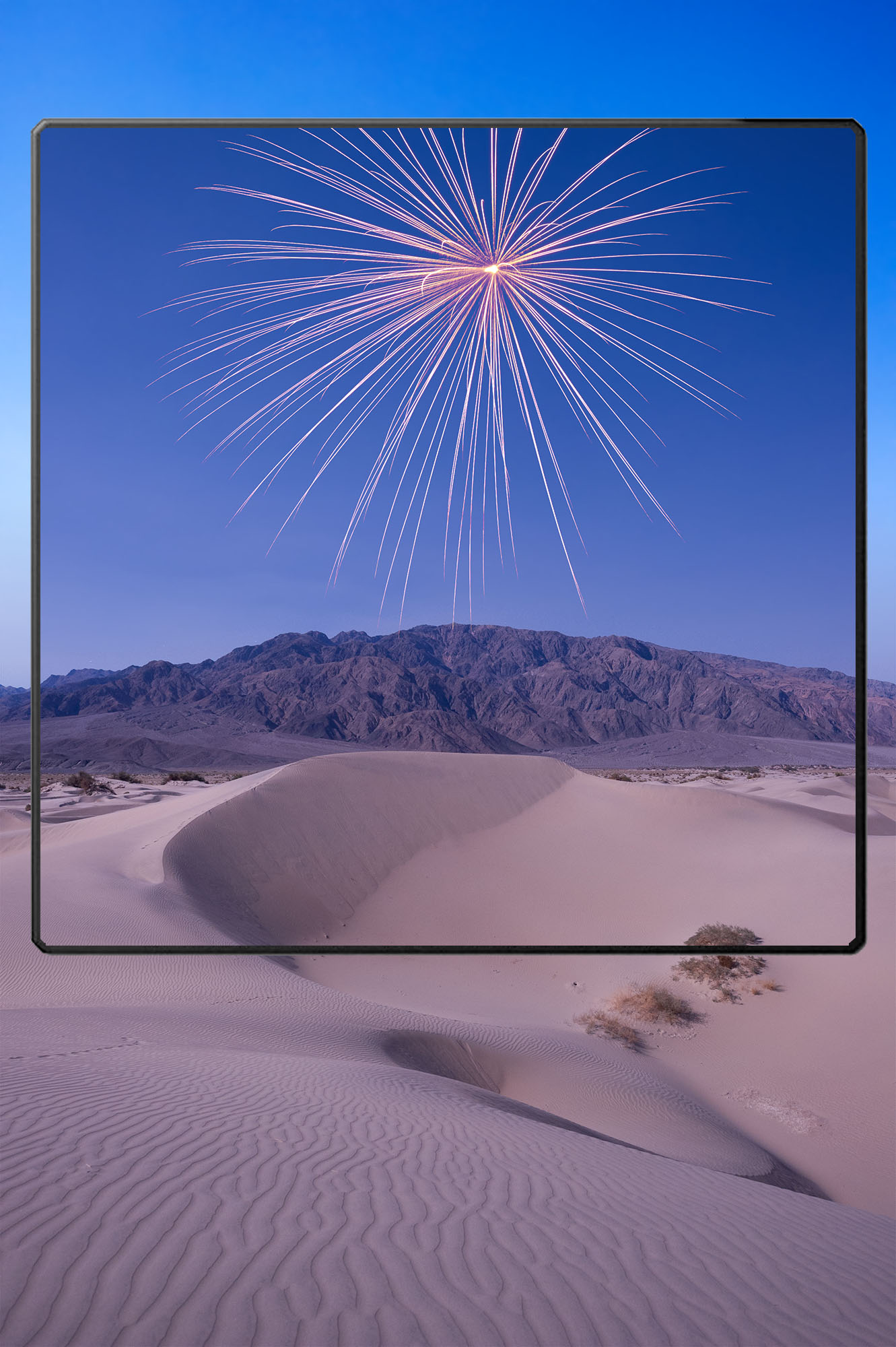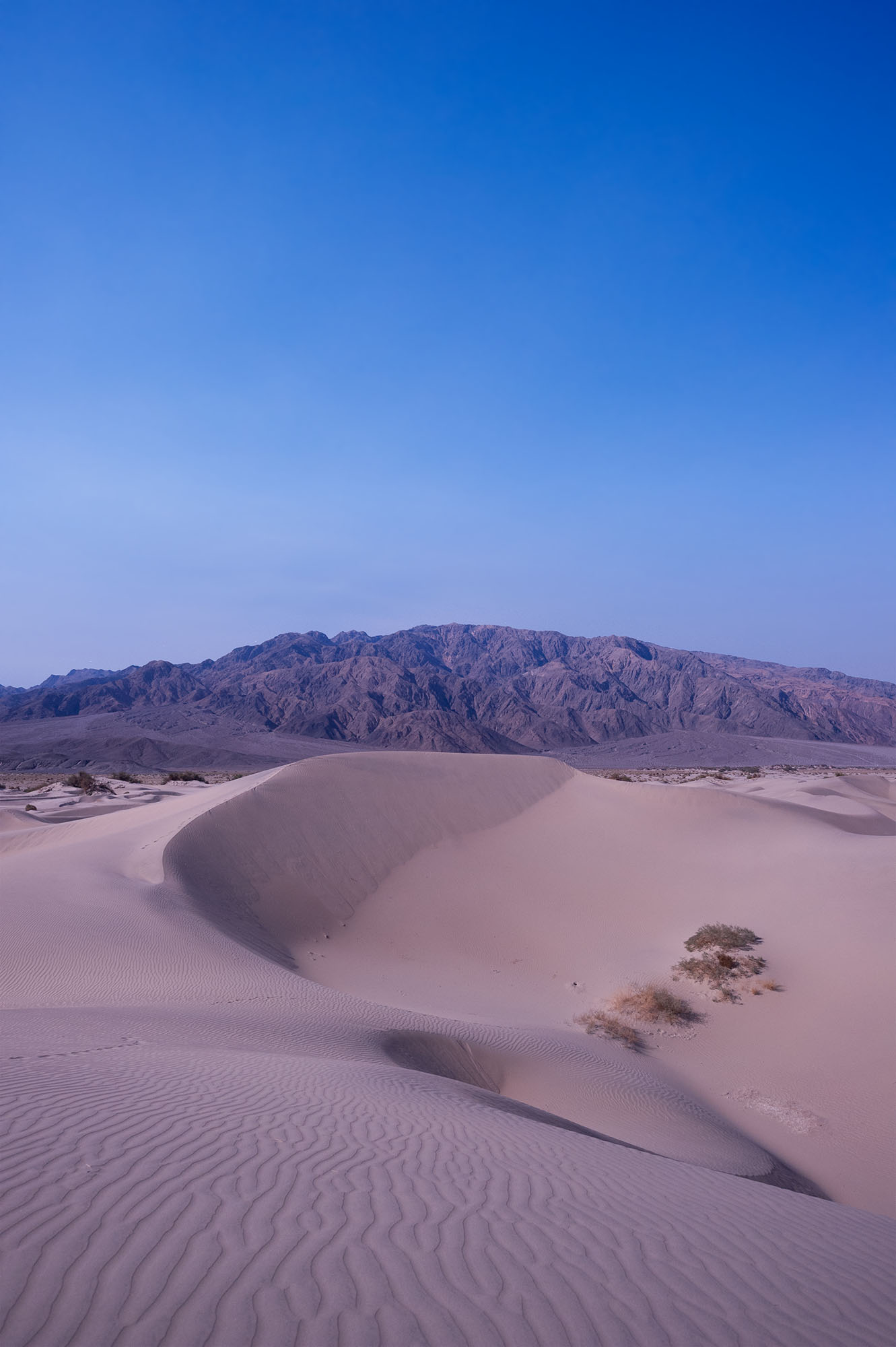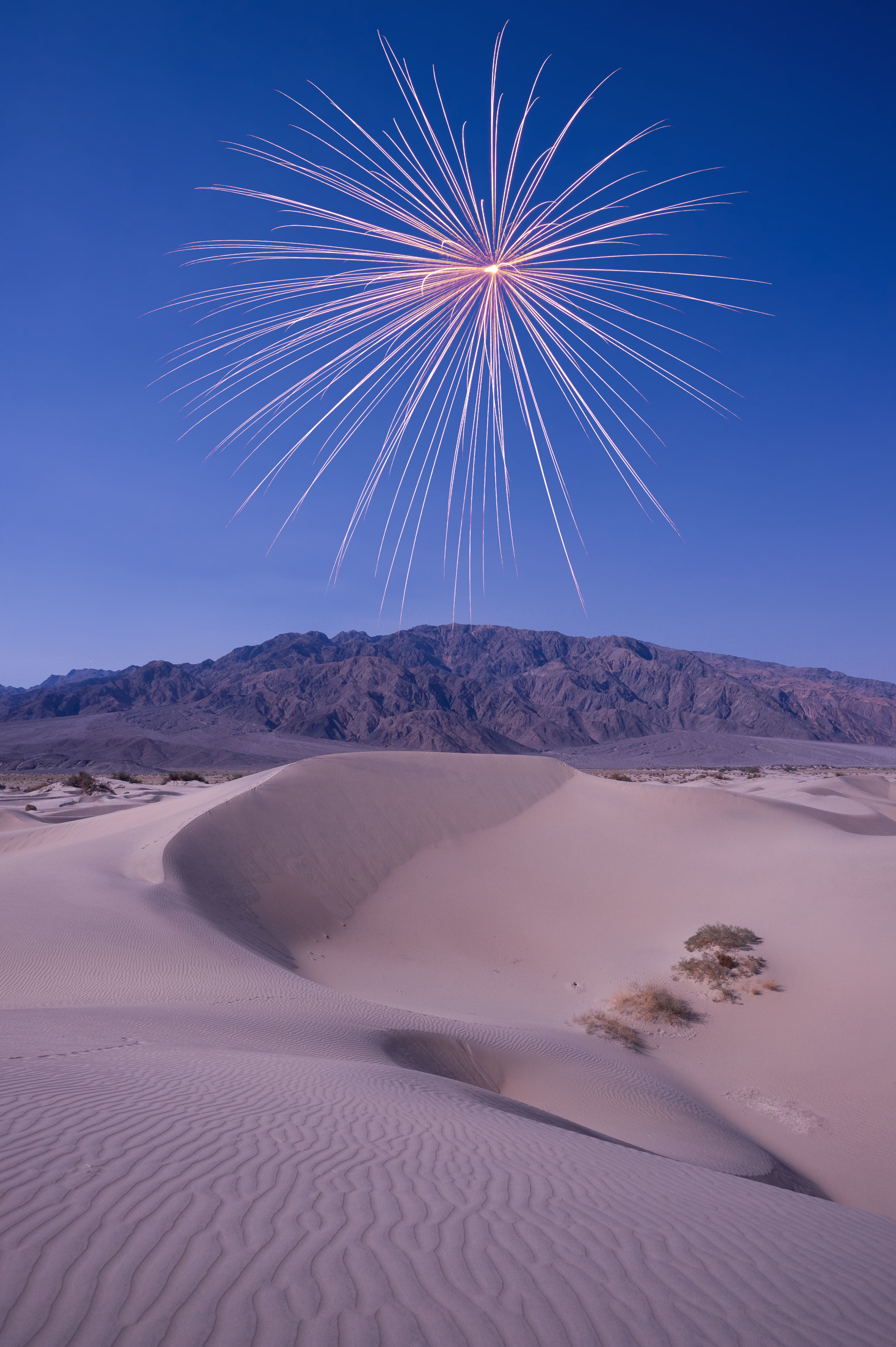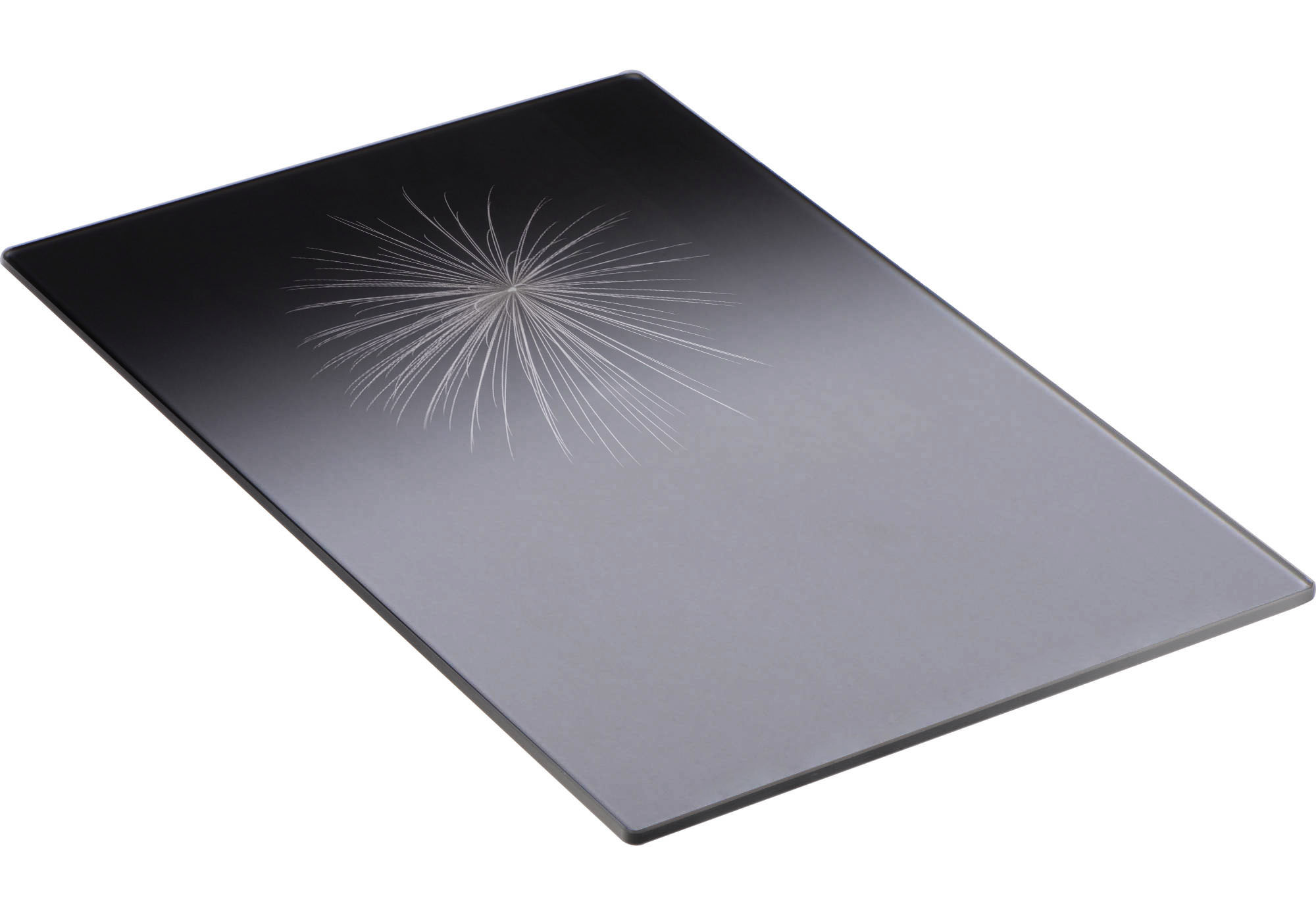Modern Moon Photography
Photographically speaking, the moon is closer than ever before, so how can we improve our moon shots before we start colonizing?
The three things to consider when shooting the moon are:
- the phase (as it relates to brightness)
- cycle (angle)
- elevation (how high is the moon in the sky?)
Also remember that moonlight is actually sunlight reflecting off a gray surface—so it’s pretty bright. Most of the time the tricky part is that the moon is brighter than the rest of the scene. For this blog post, we will focus on shooting the moon while it is full and most luminous.
Exposure
The Looney 11 Rule continues to be a great starting point for figuring out the correct exposure for a craterlicious moon. The rule is:
For astronomical pictures of the moon’s surface, set your aperture to f/11 and match the shutter speed to your ISO.
For example: 1/125, f/11, ISO 100.
However, please remember—and I can’t stress this enough—that the formula above does not always give you an exact correct exposure, but rather a starting point. Use the formula to get an exposure that will likely be close, and then adjust to precision using your histogram as a guide.
Gear
One challenge to consider is that ideally you need a long lens to focus in and get close to the moon. How many of you have taken pictures of a little while circle in the sky? Minimally, I’d use a lens that can get to 300mm, but the closer the better!
We were very fortunate at our “Blue Supermoon” workshop in Biscayne National Park in January, as Nikon sent us their majestic telescope of a lens, the 800mm f/5.6. This is currently Nikon’s longest lens. The 800mm generally attracts the high-end market of wildlife and sports photographers, but for shooting the moon, nothing else of this quality gets you closer. The lens comes with a matched 1.25X teleconverter that, when mounted, makes this a 1000mm lens!
We still didn’t think that was close enough, so we attached the lens to Nikon’s top APS-C camera, the D500. The crop sensor on the D500 turned our 1000mm lens into a 1500mm! Talk about extreme close-up!
